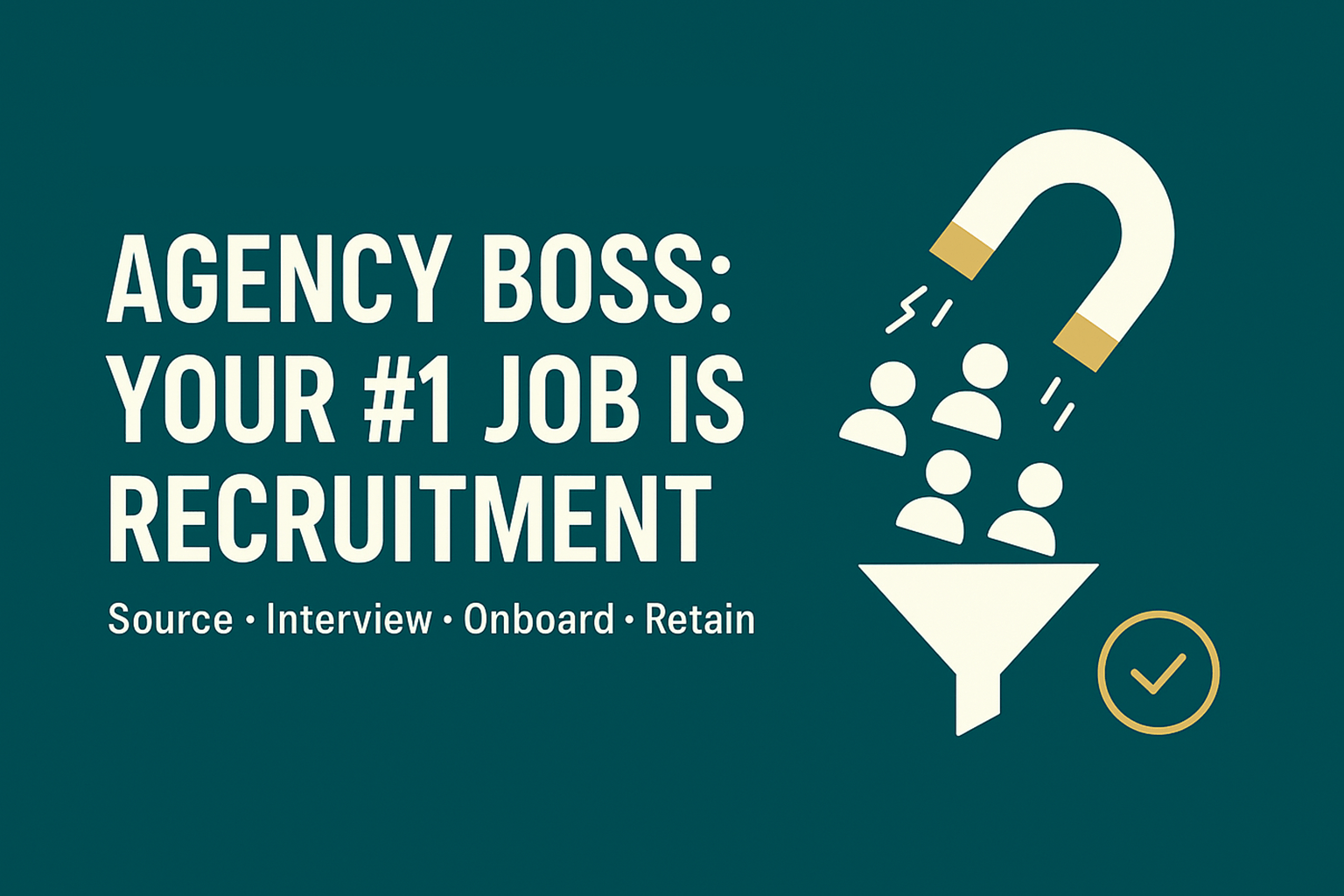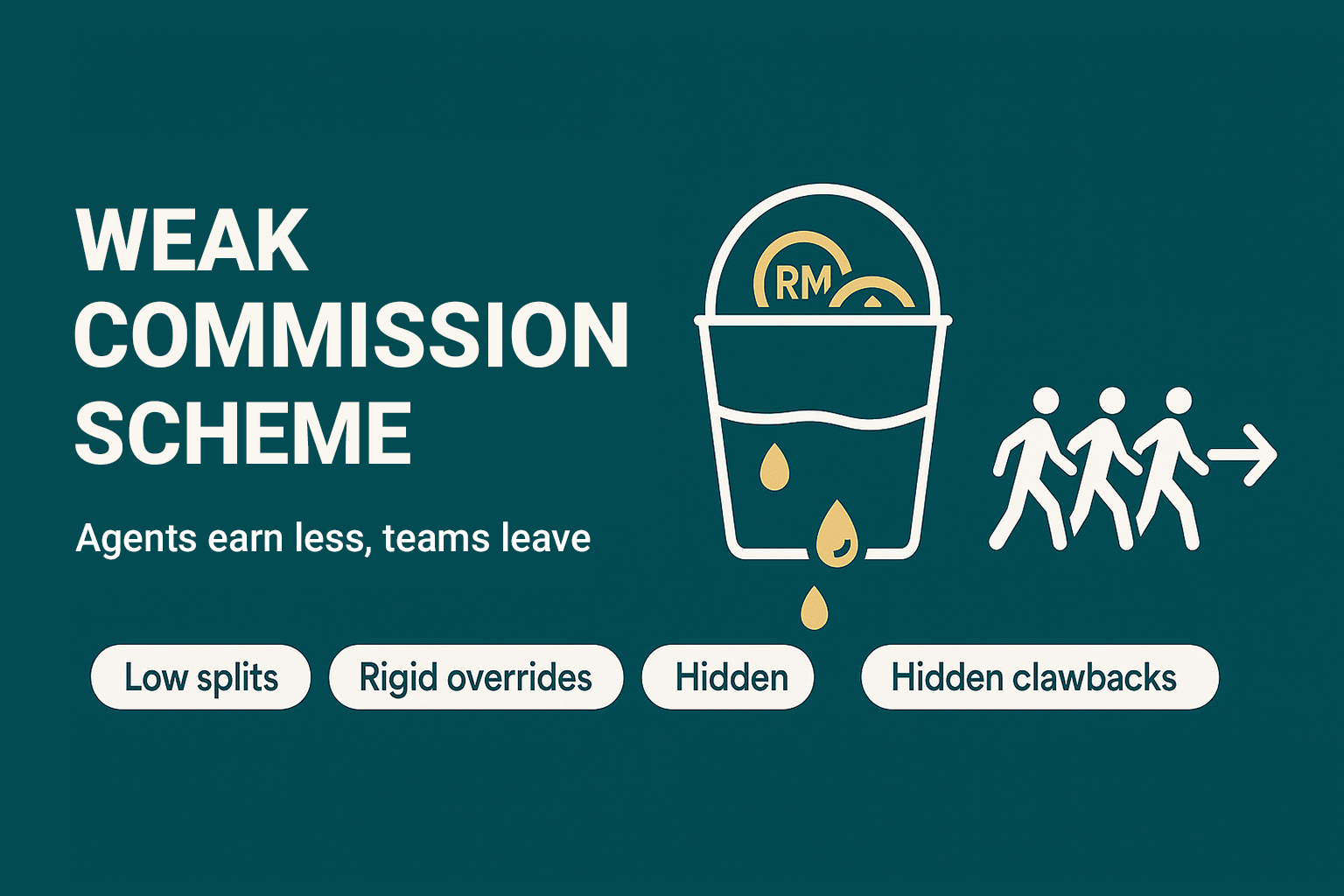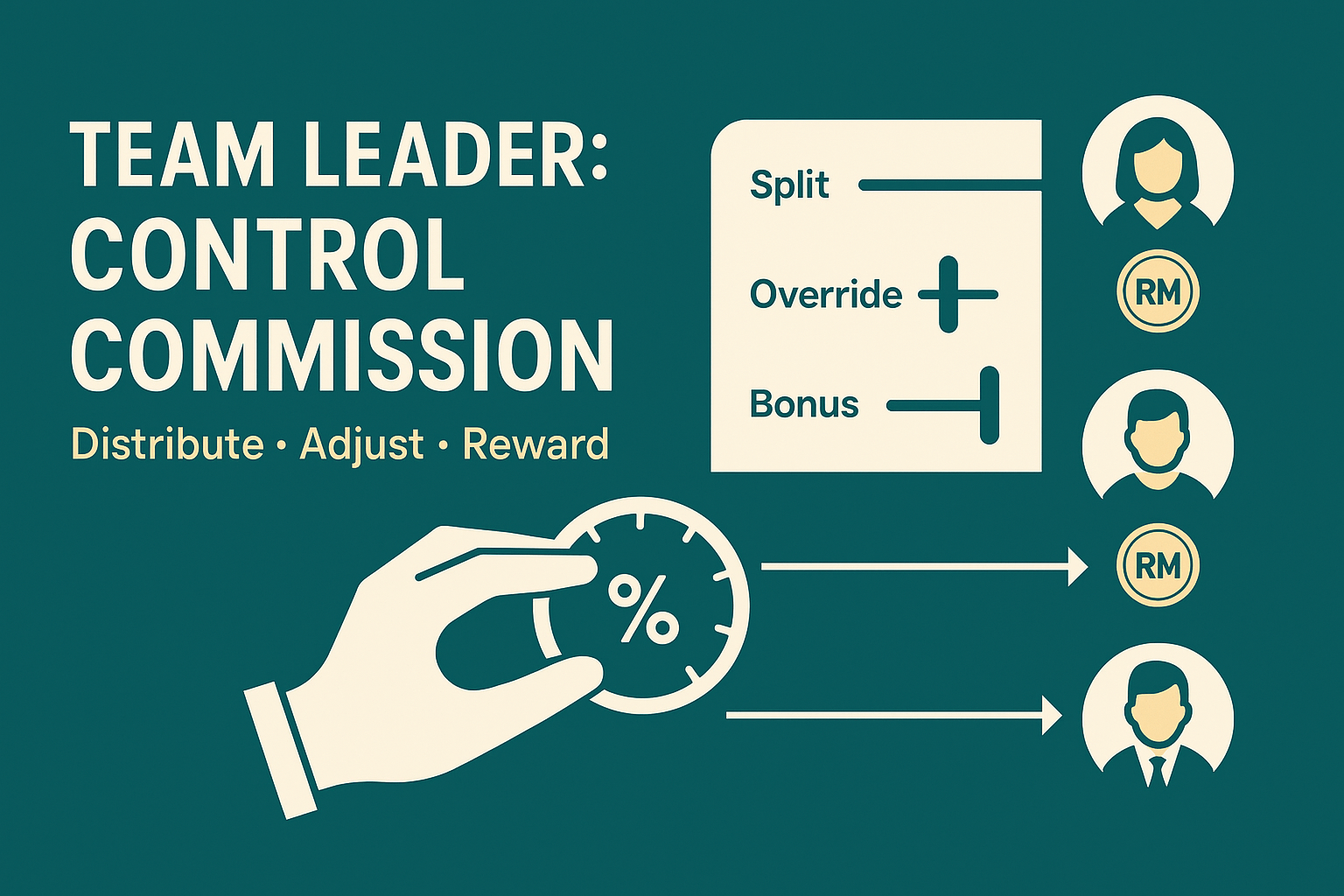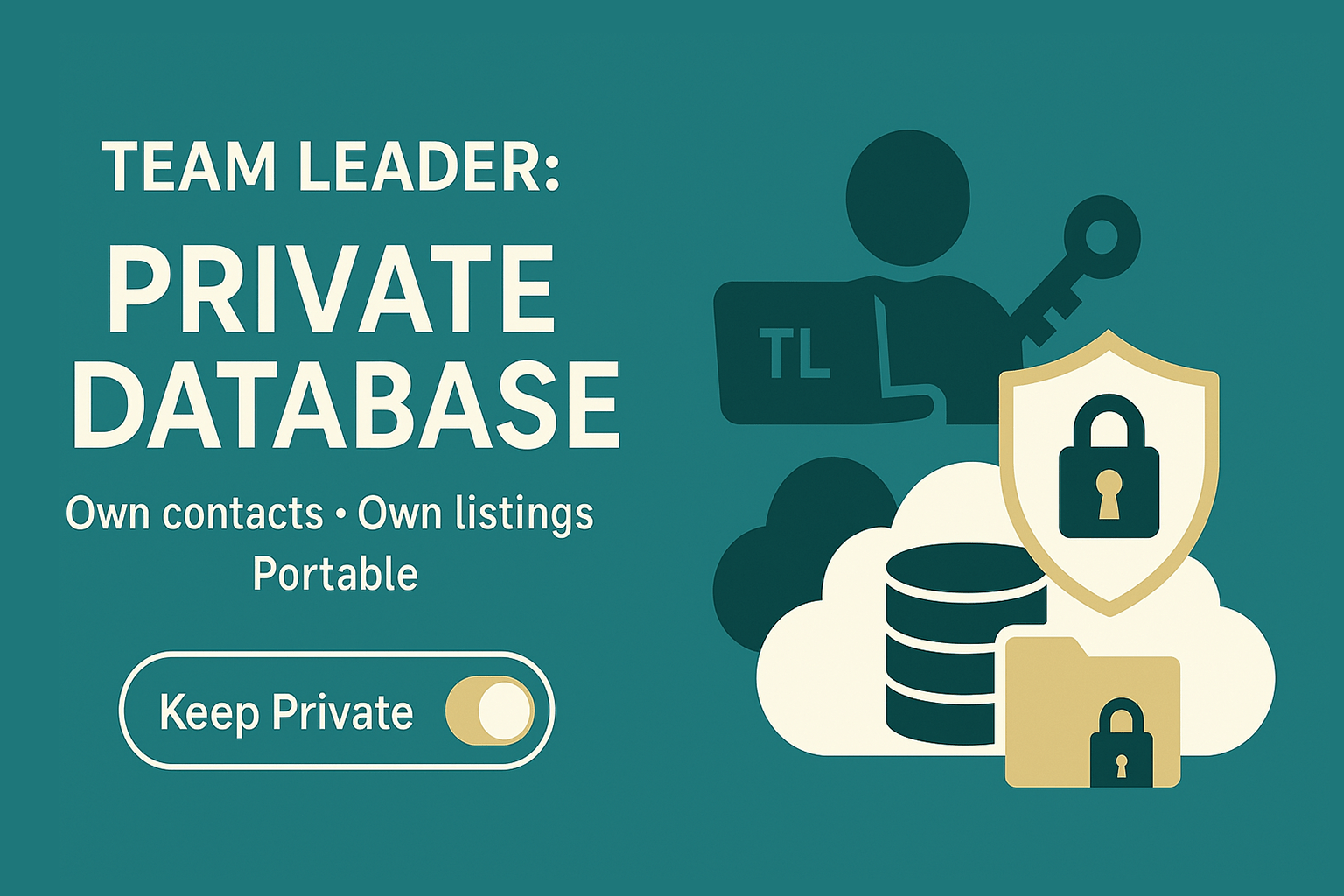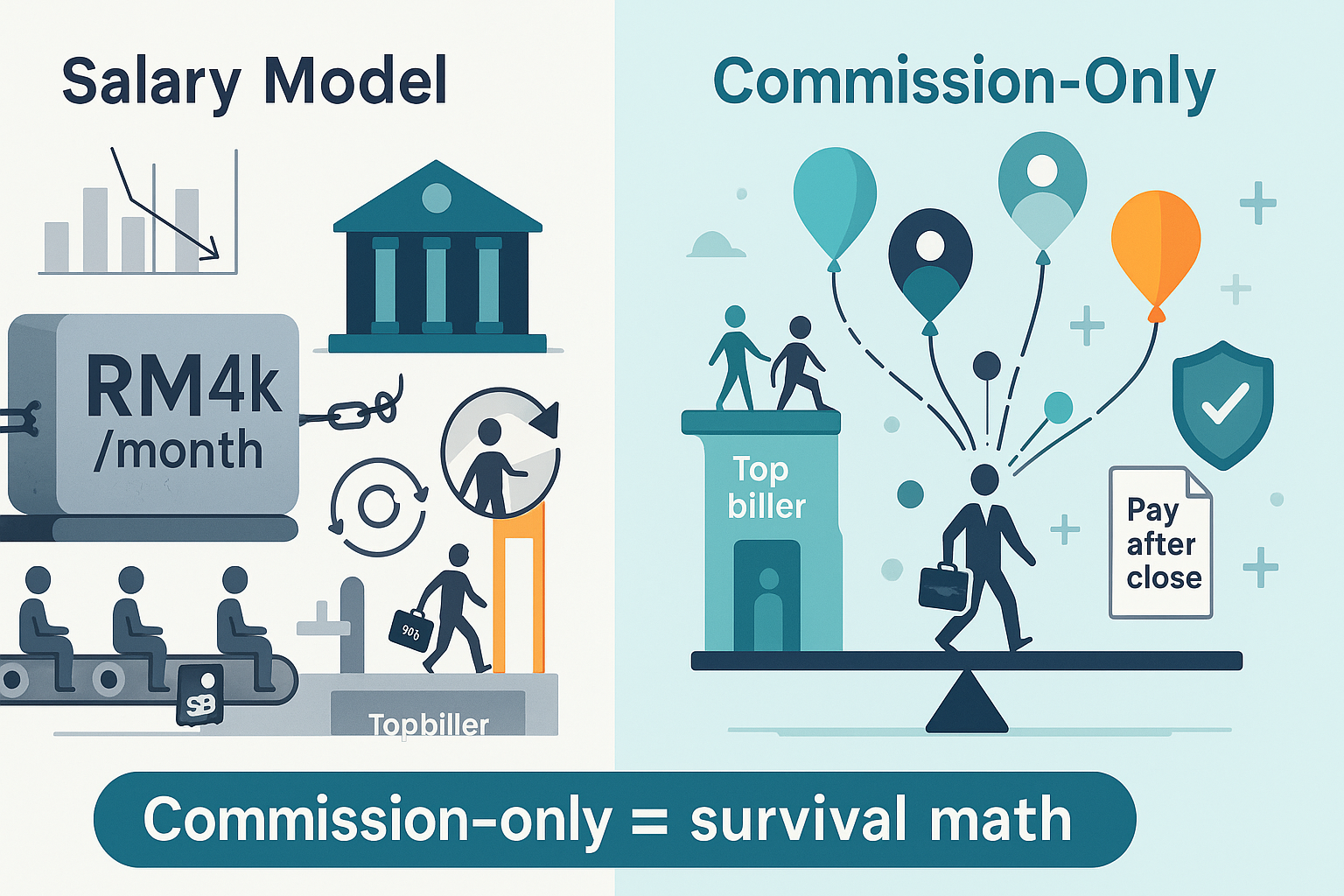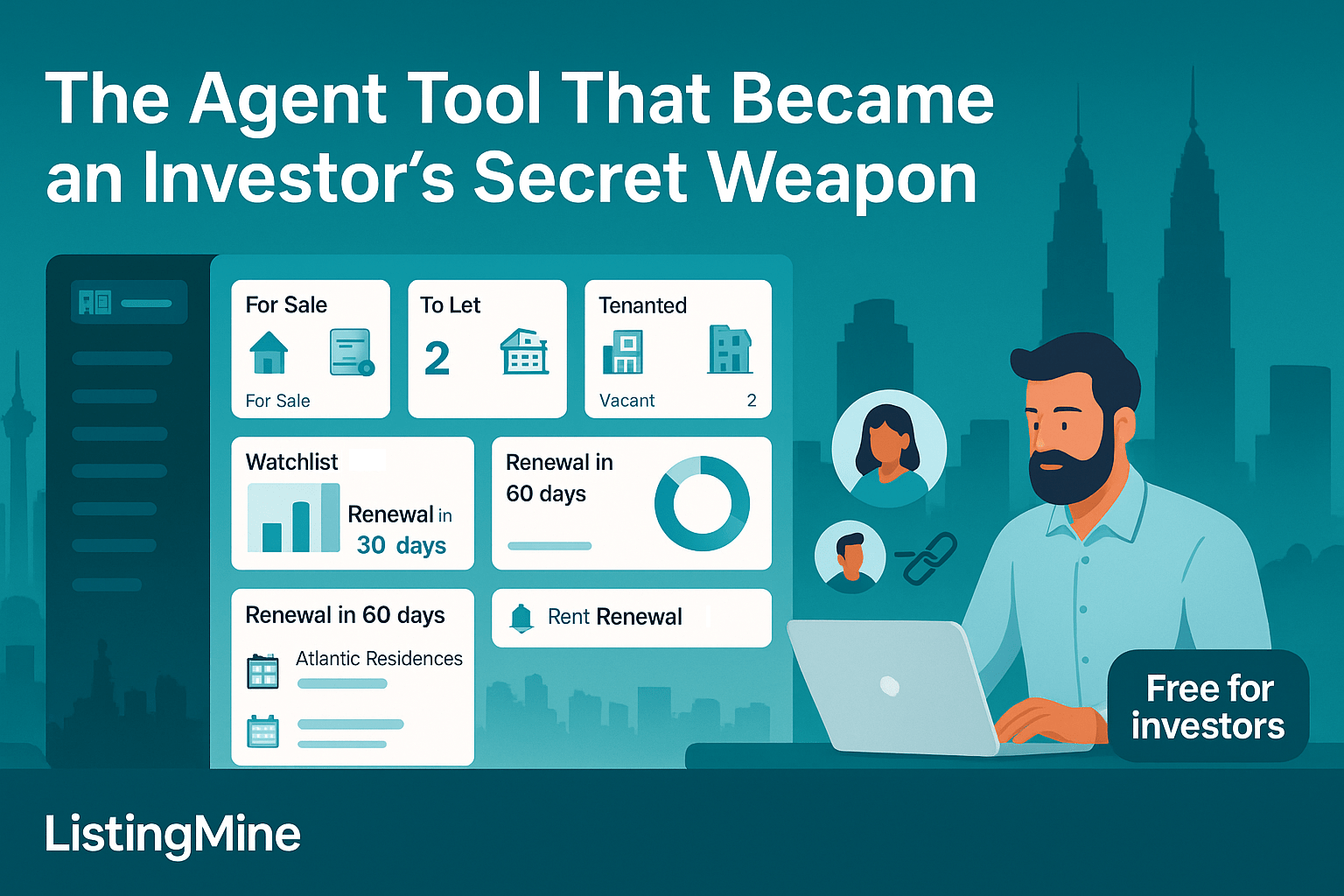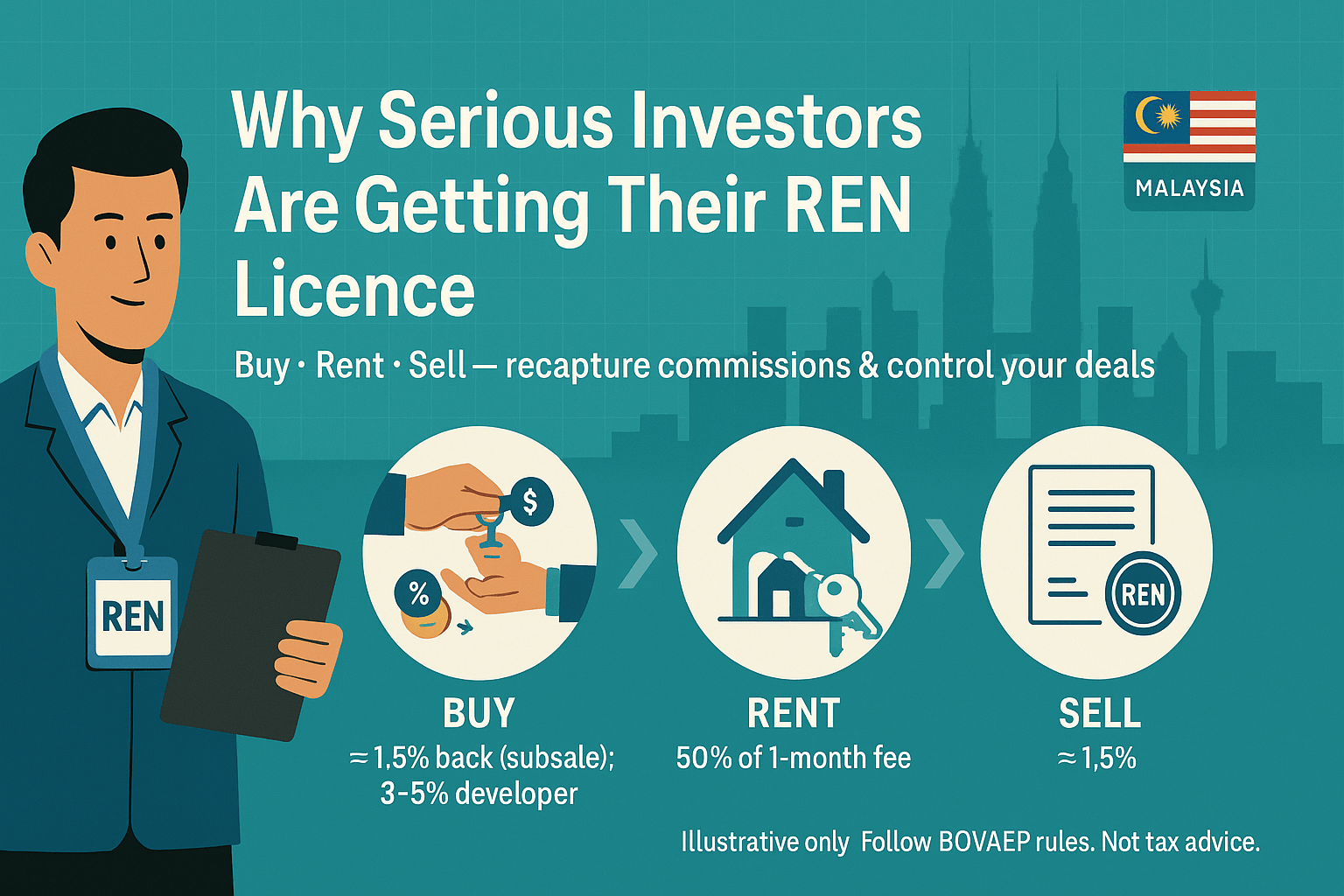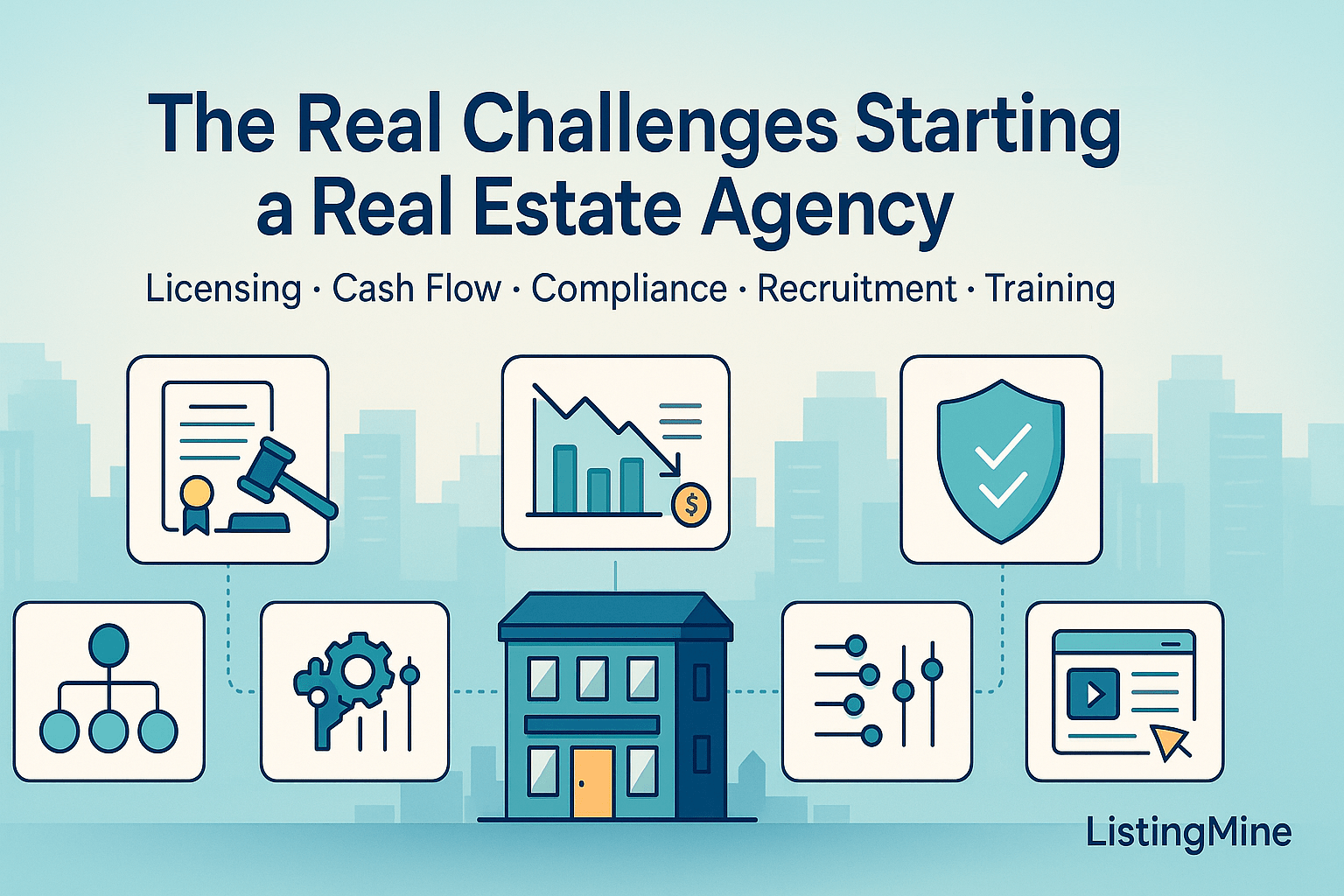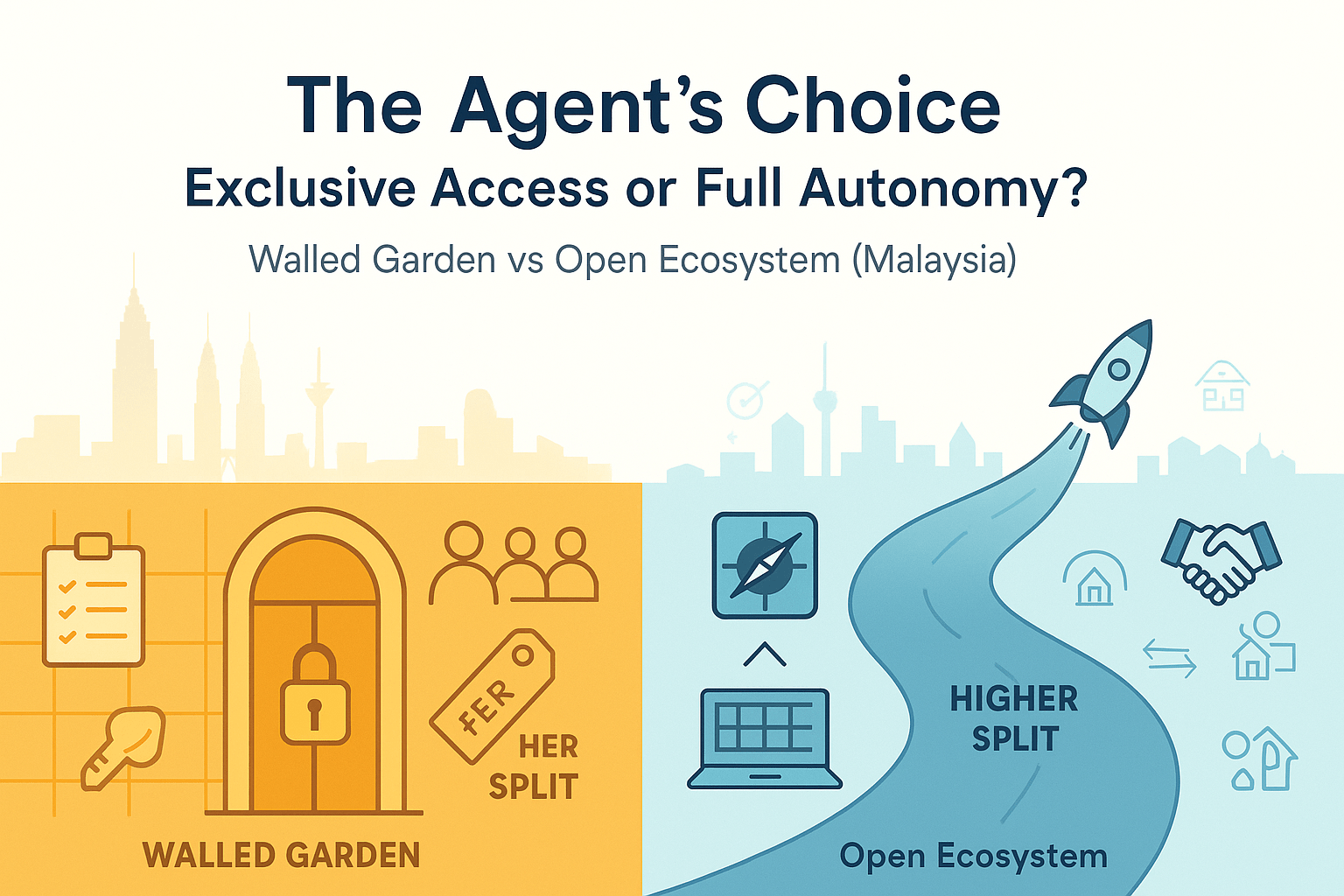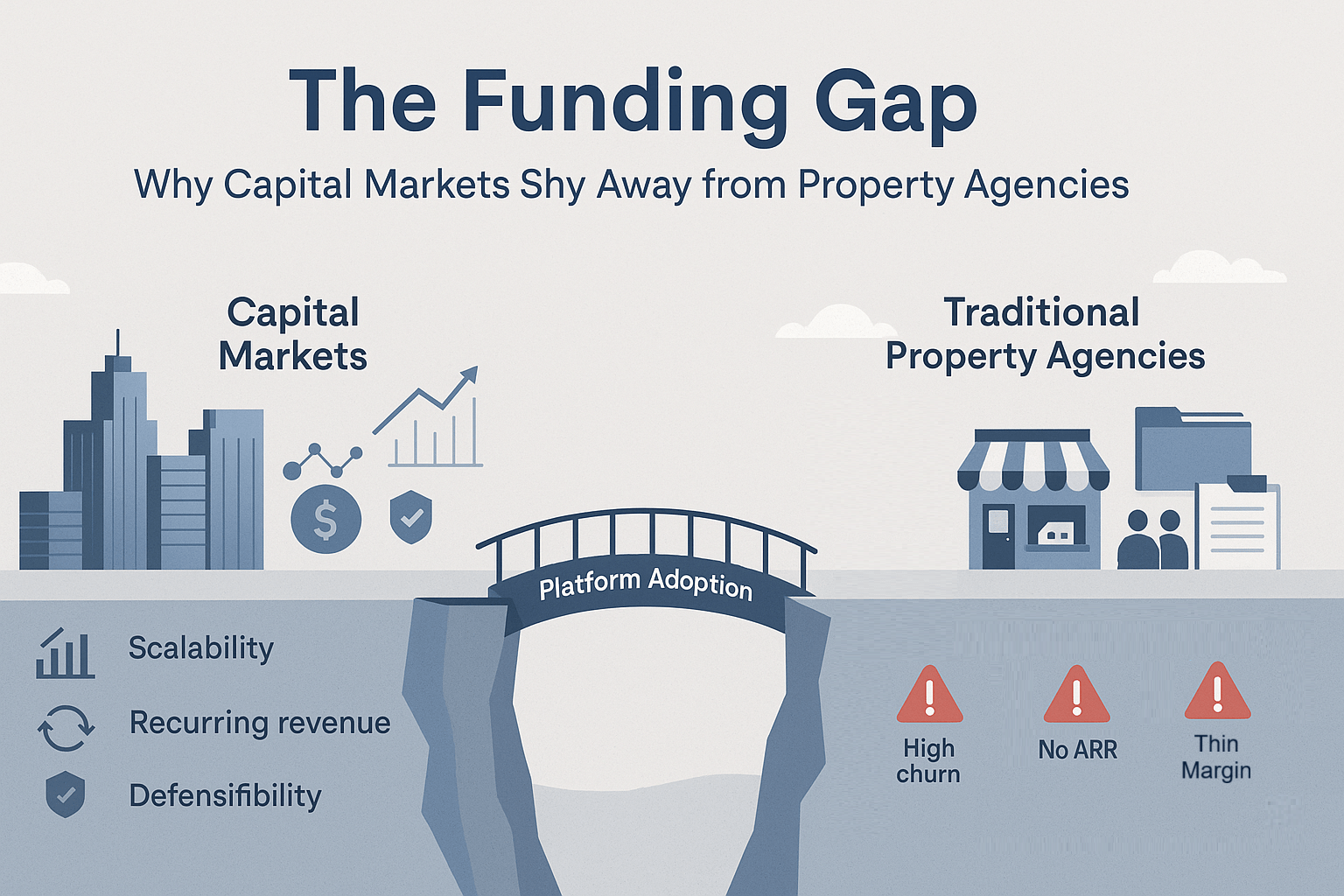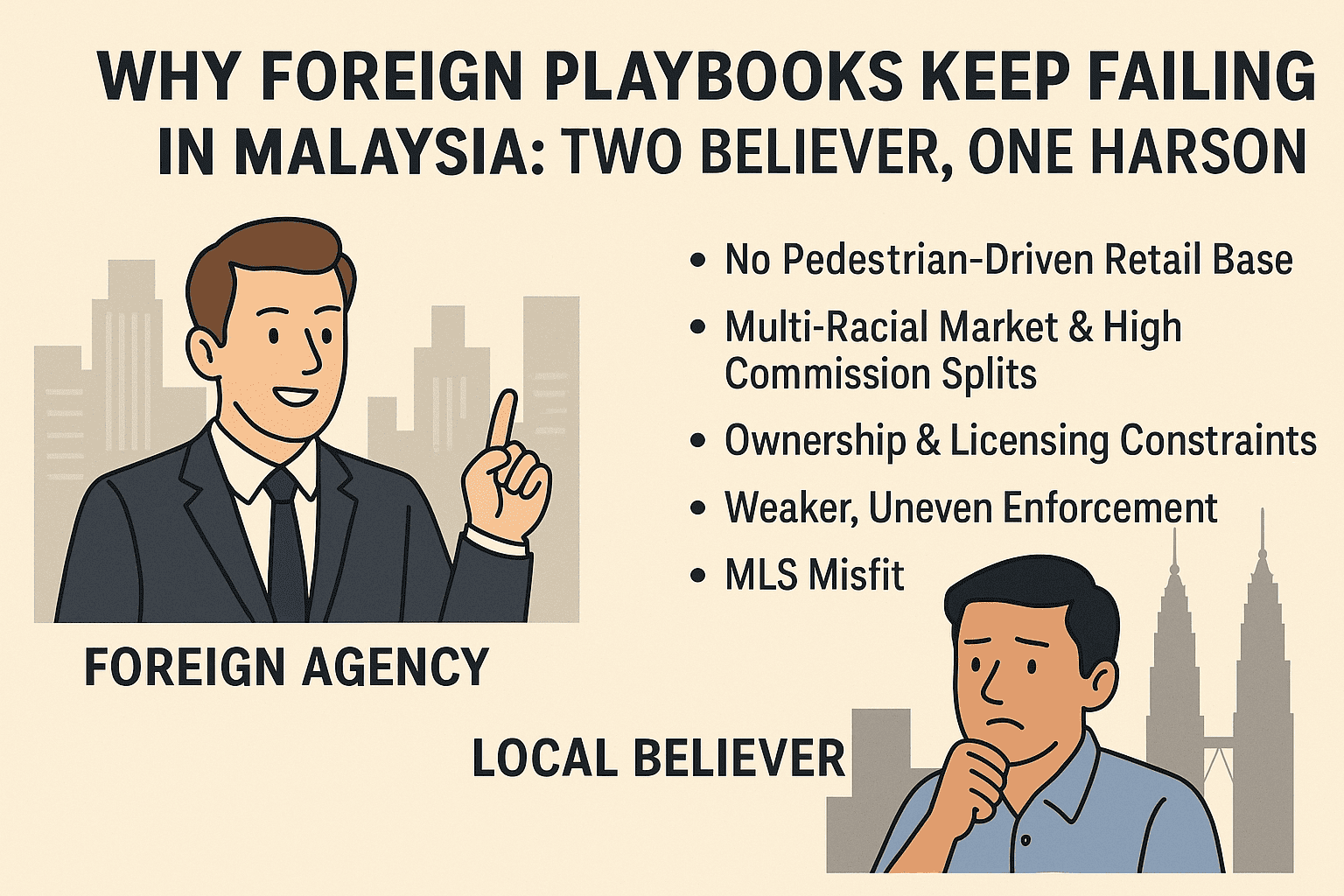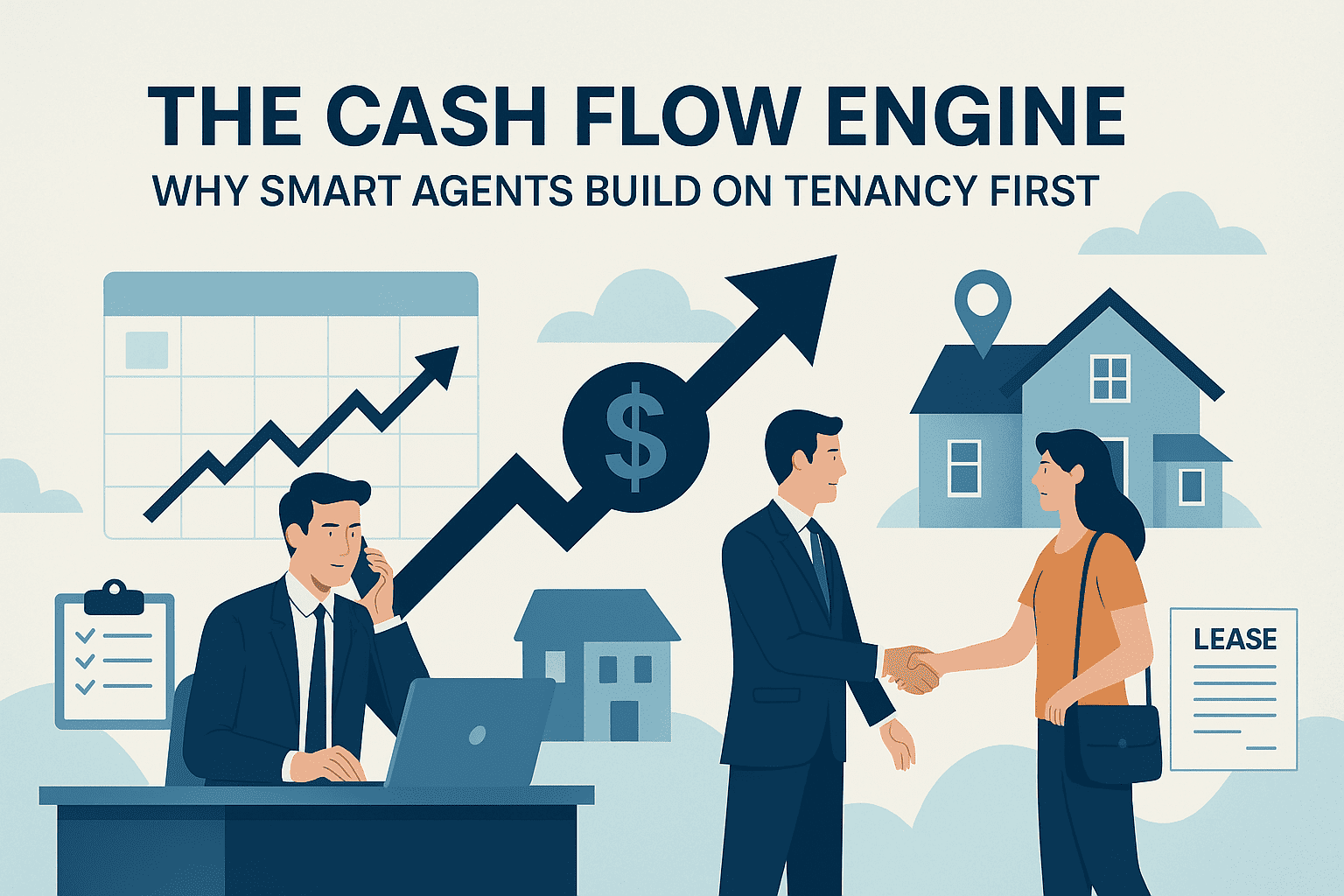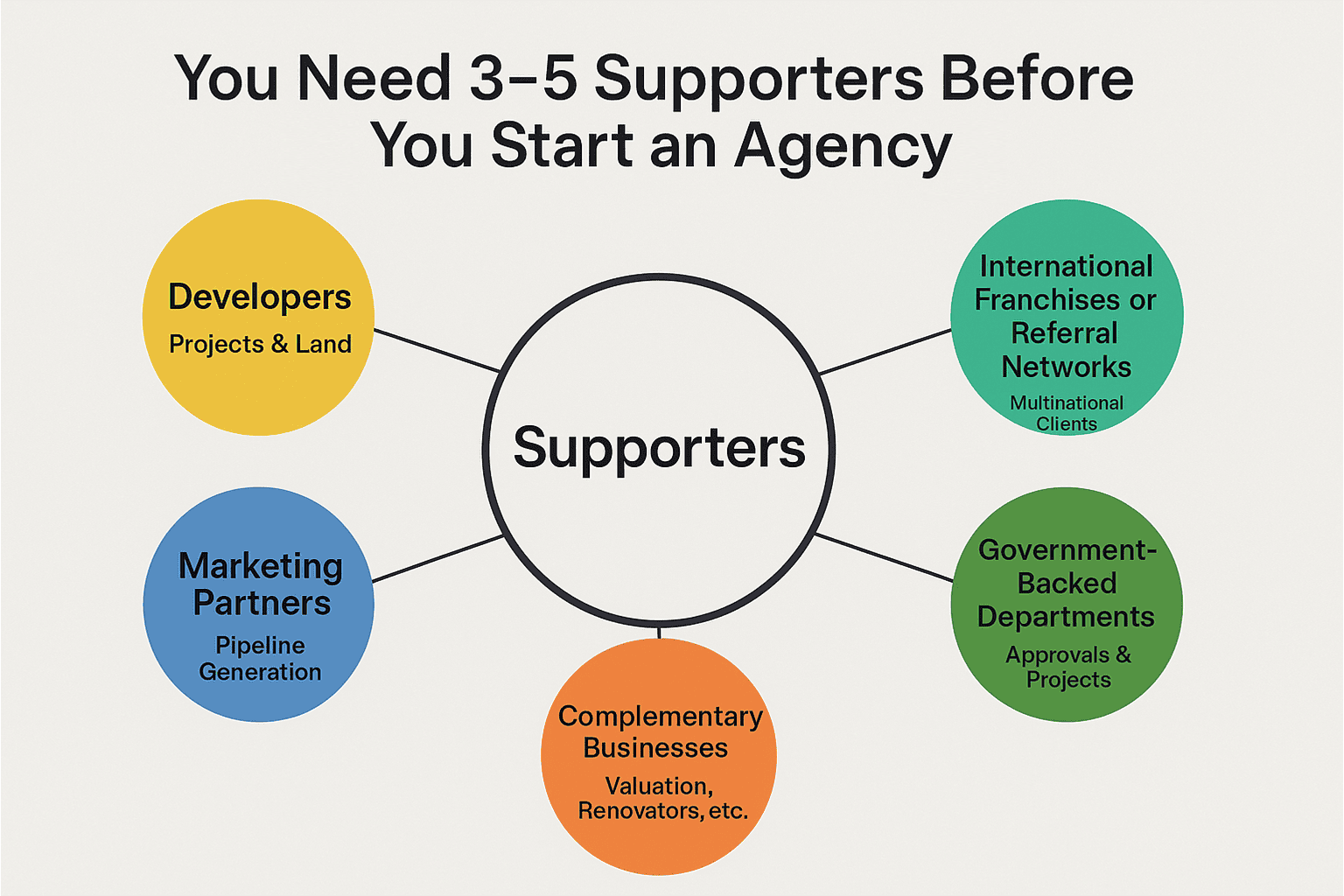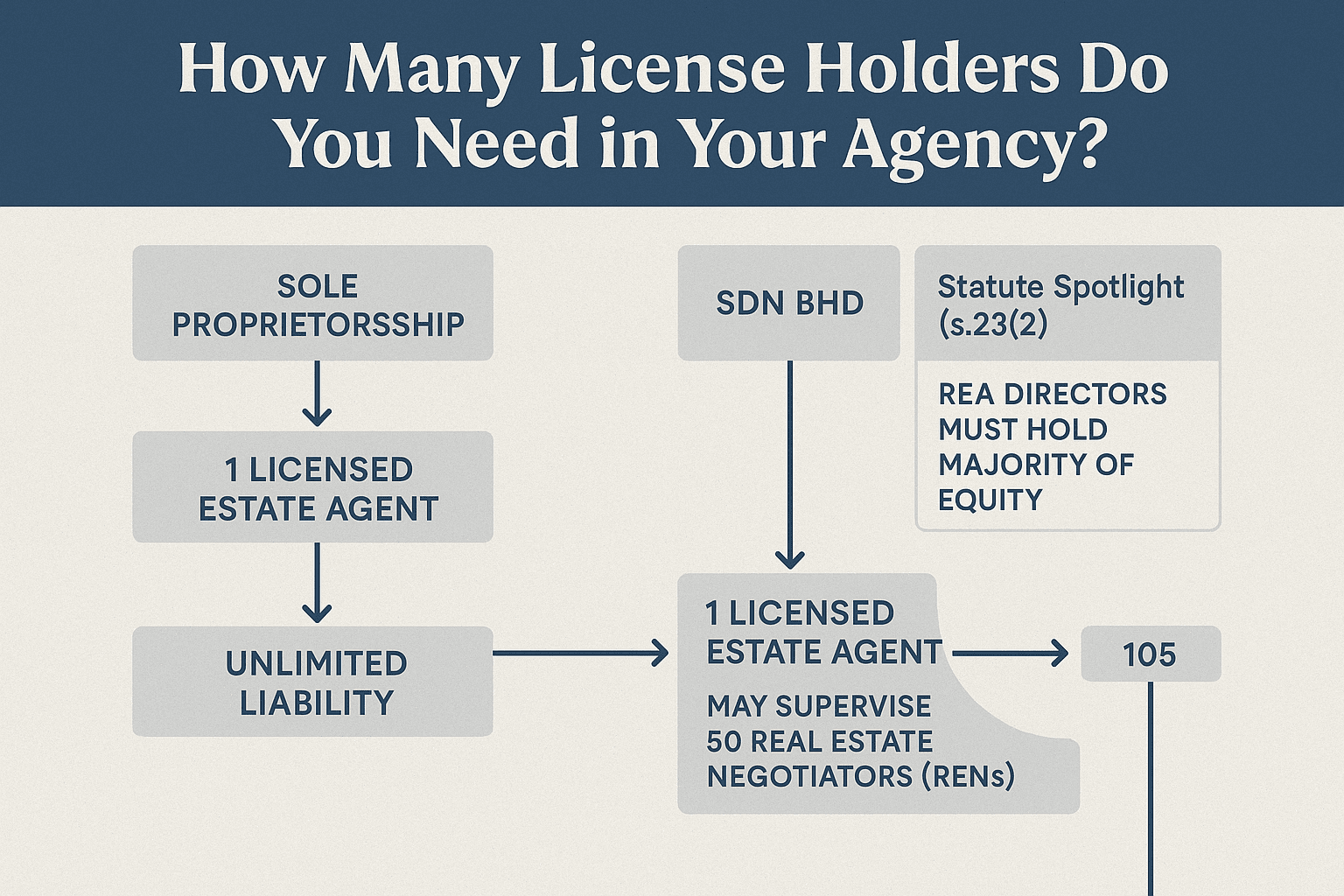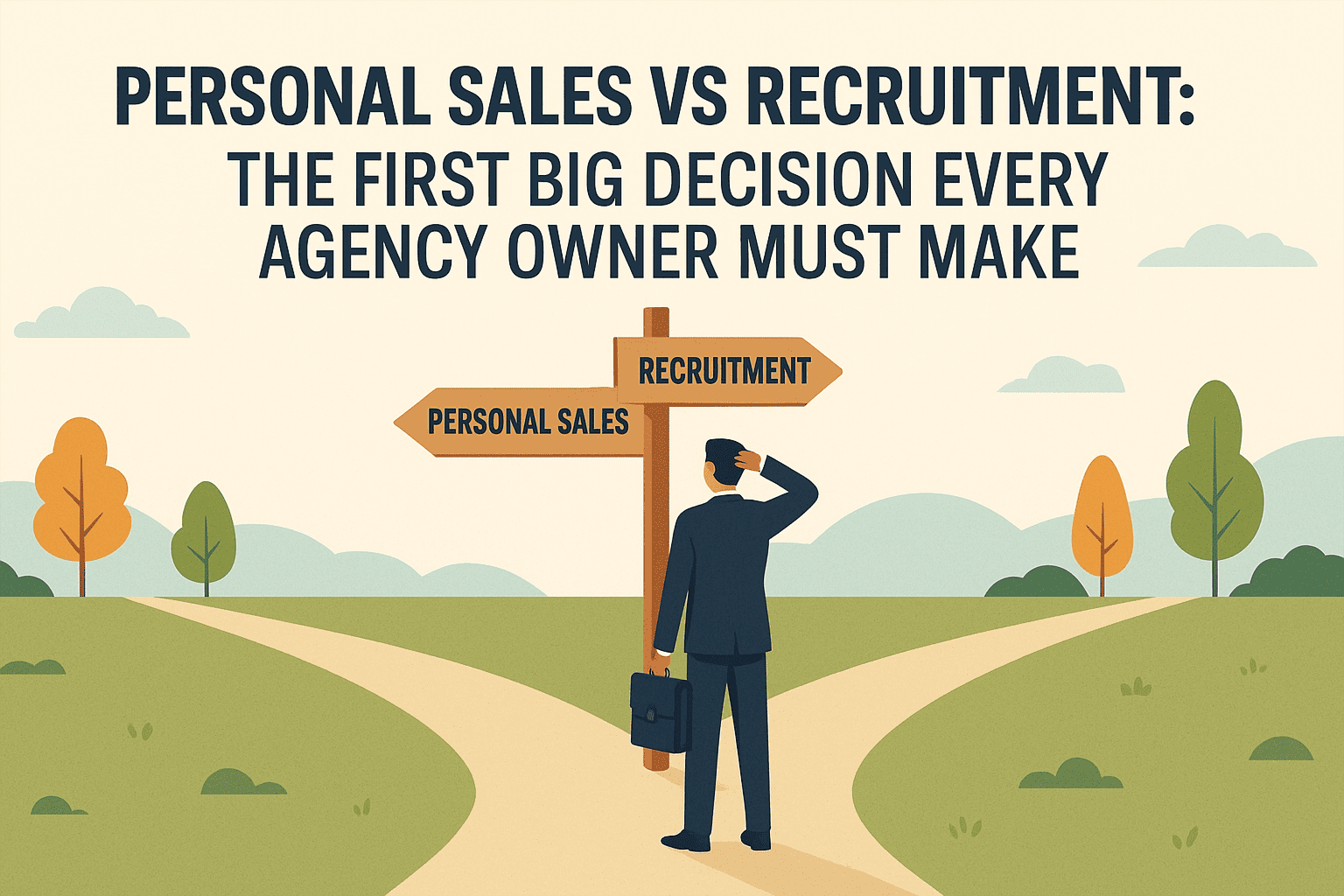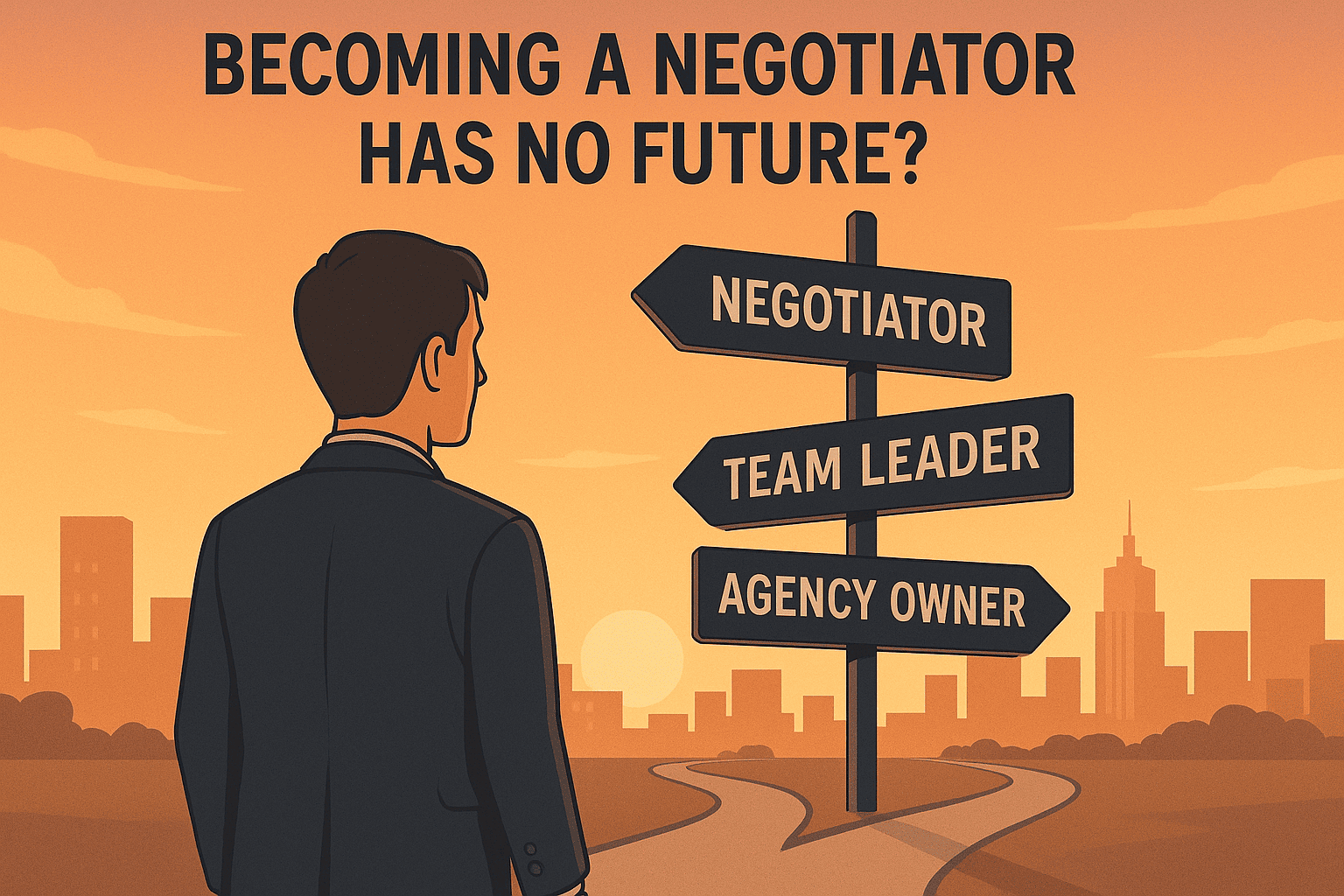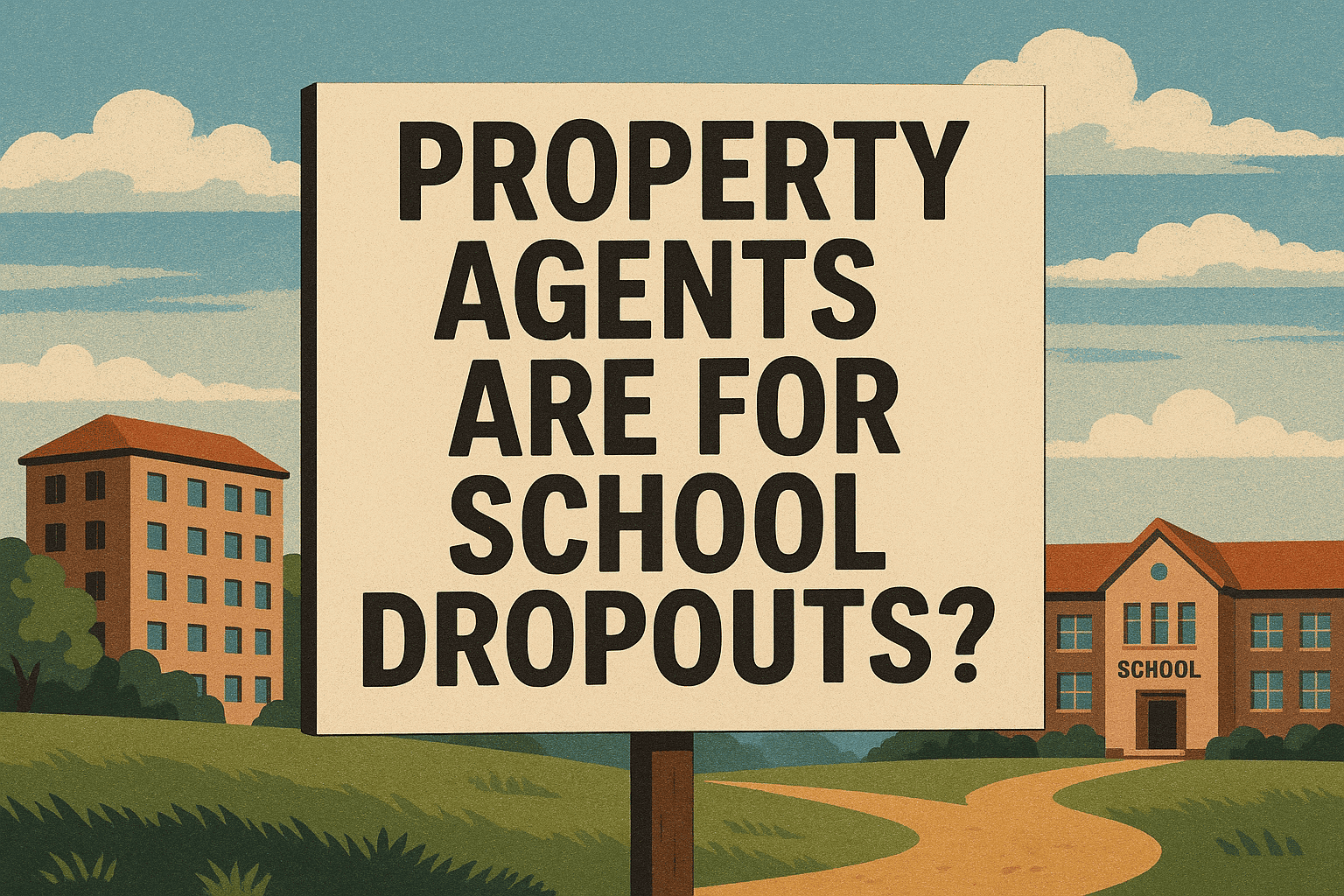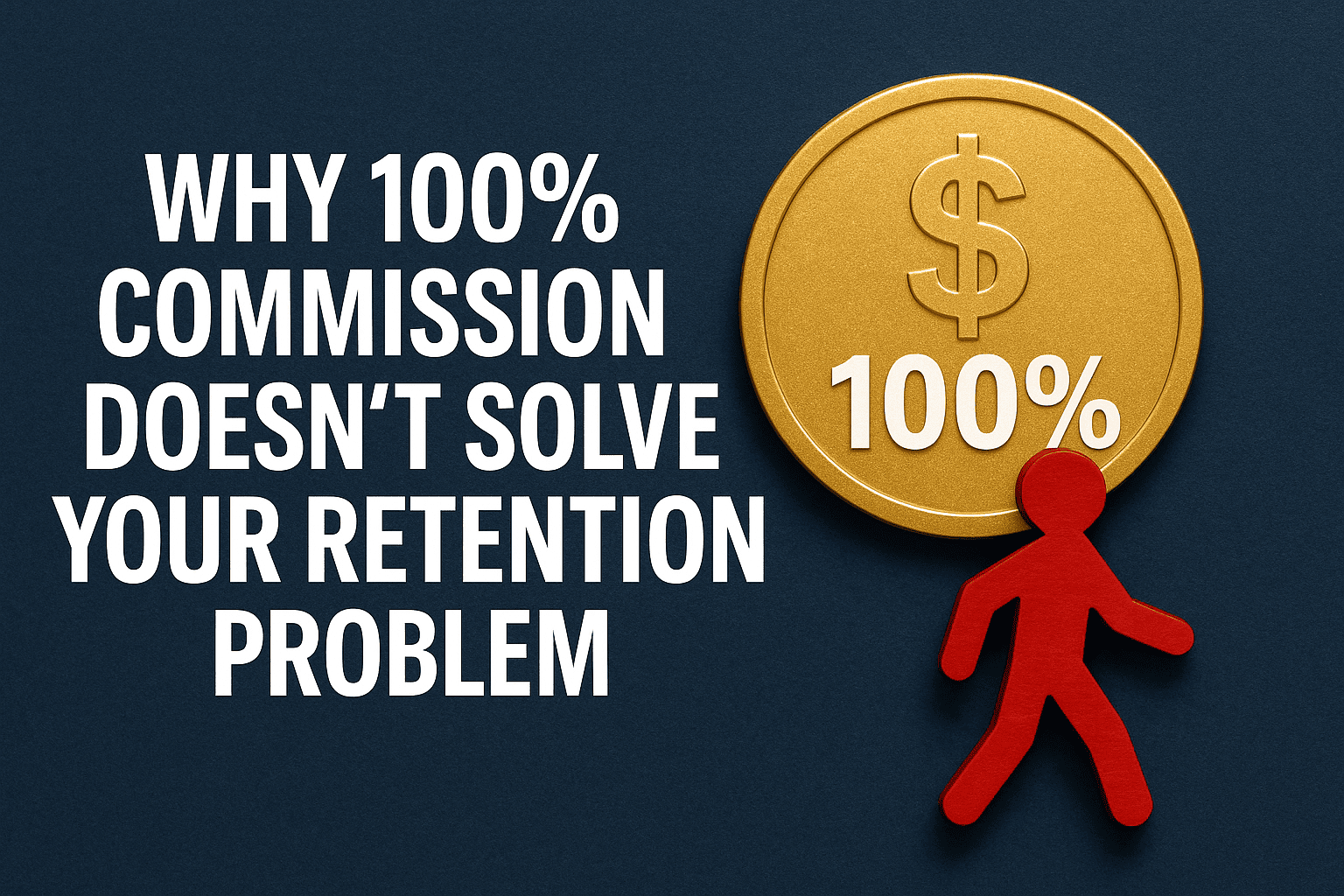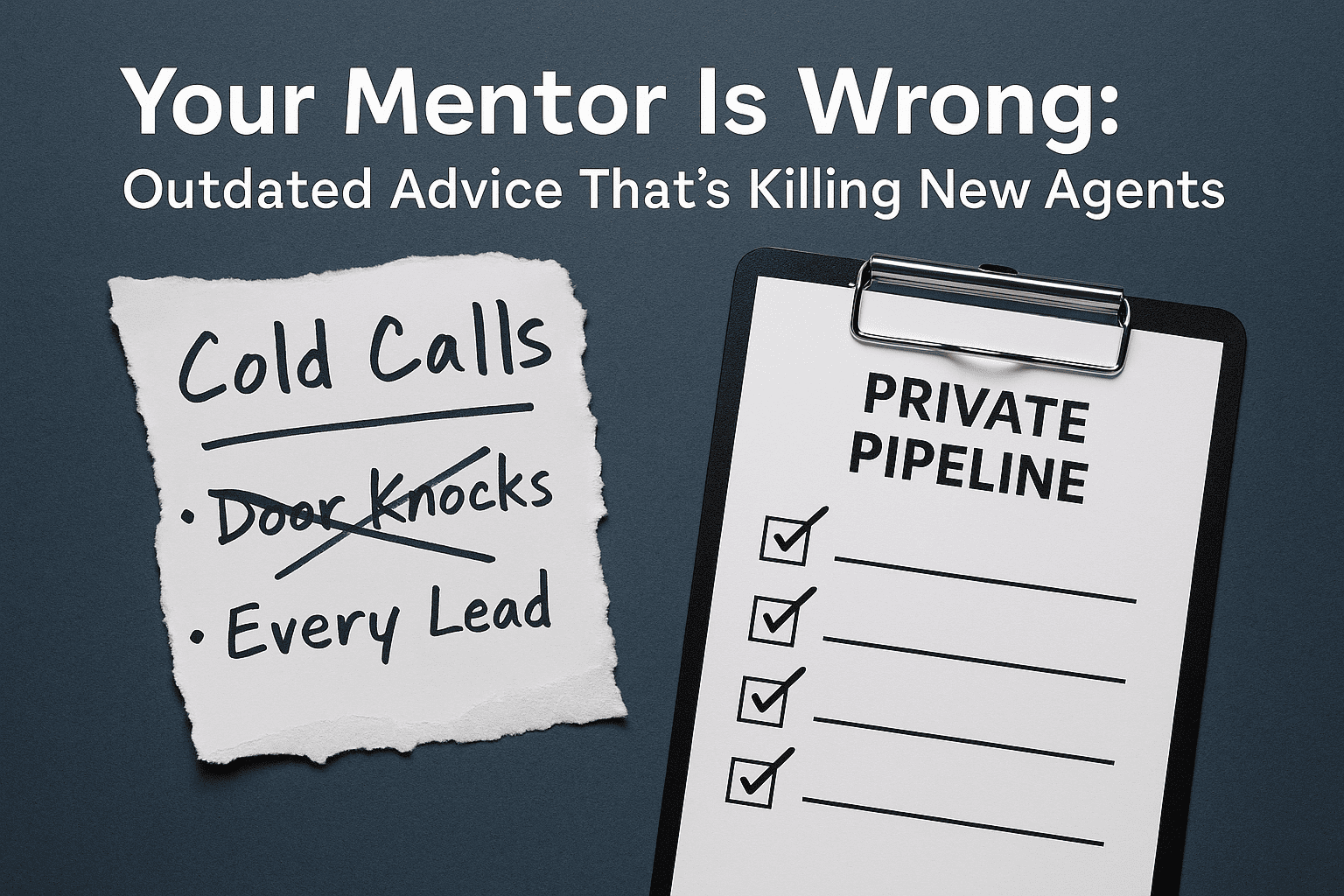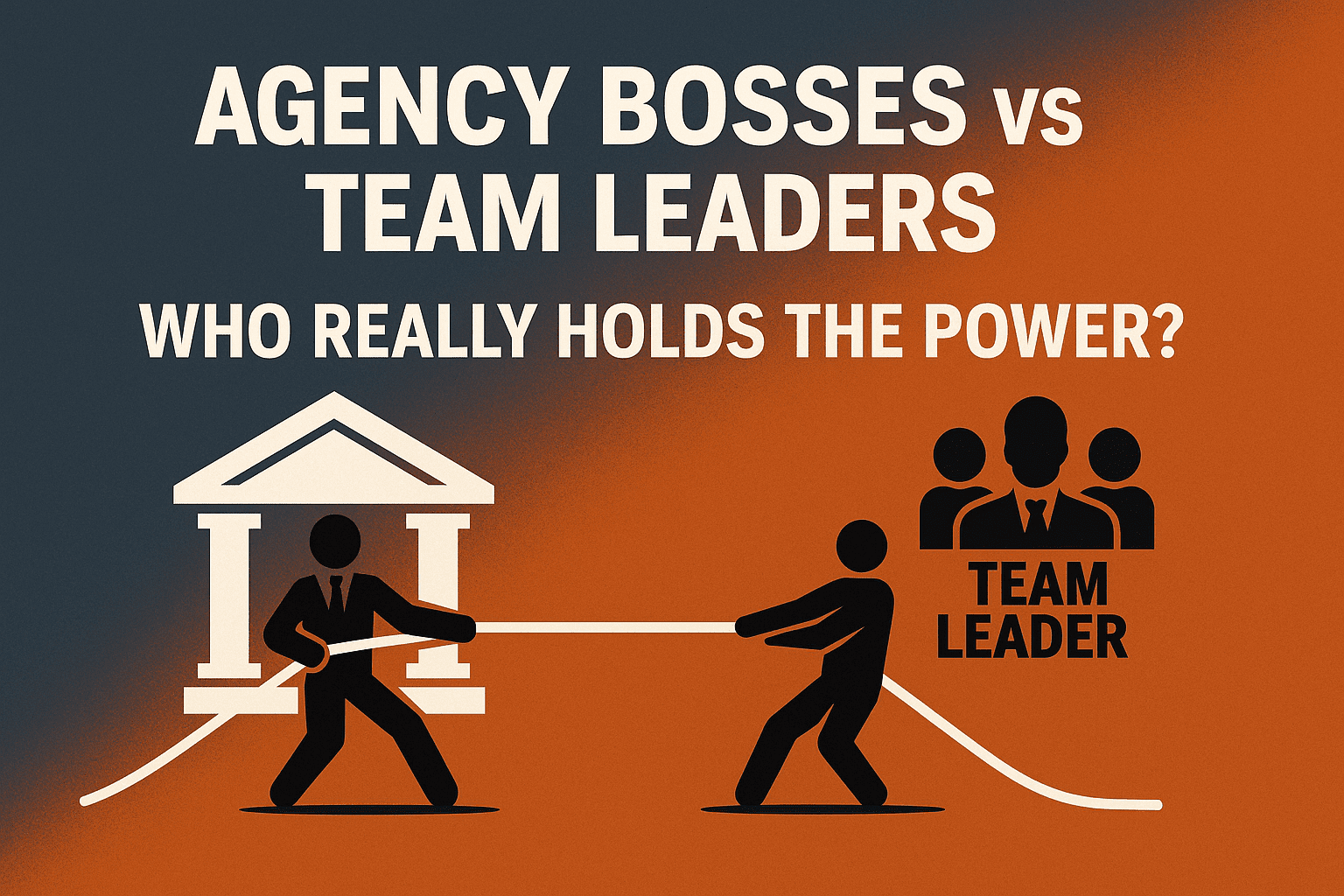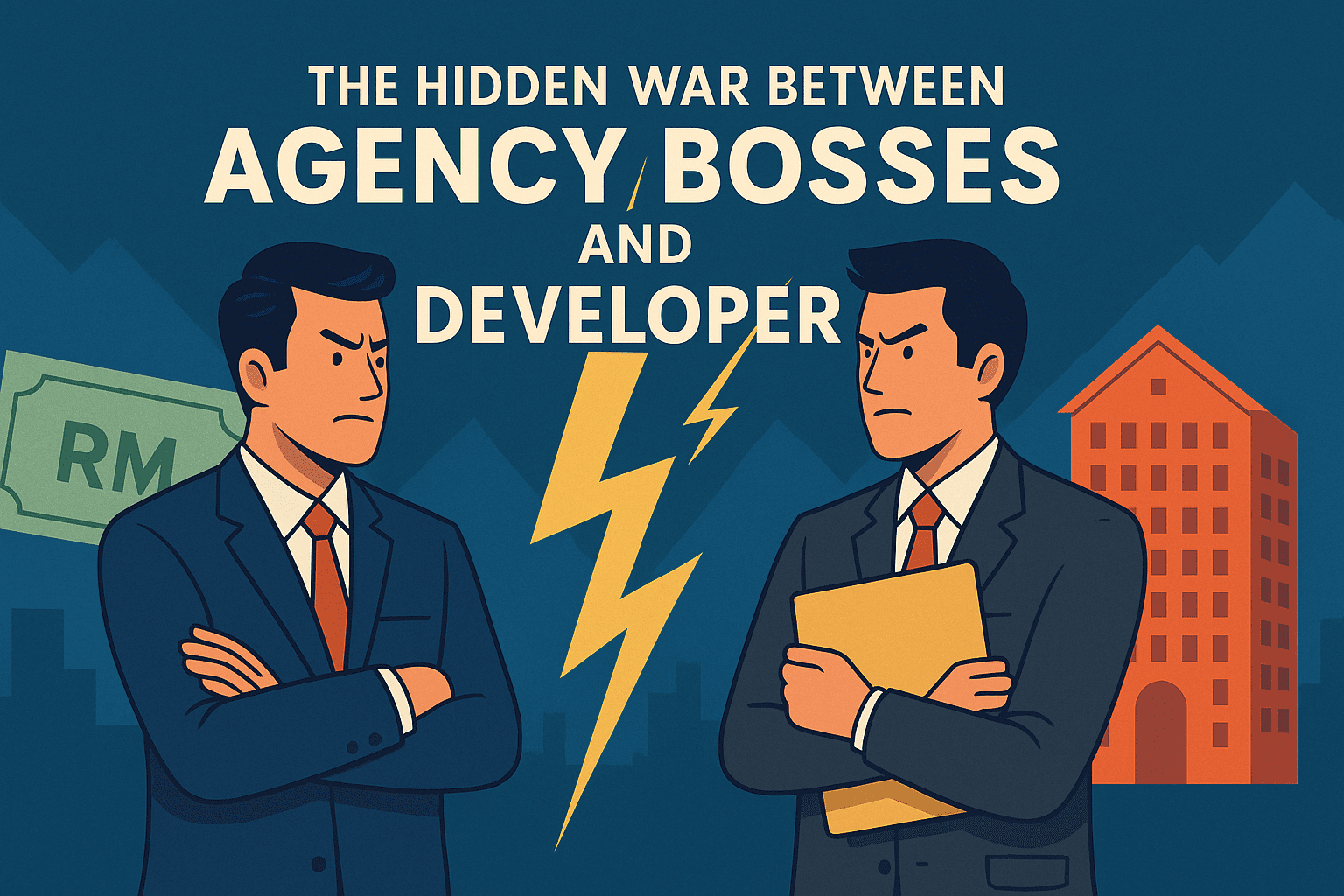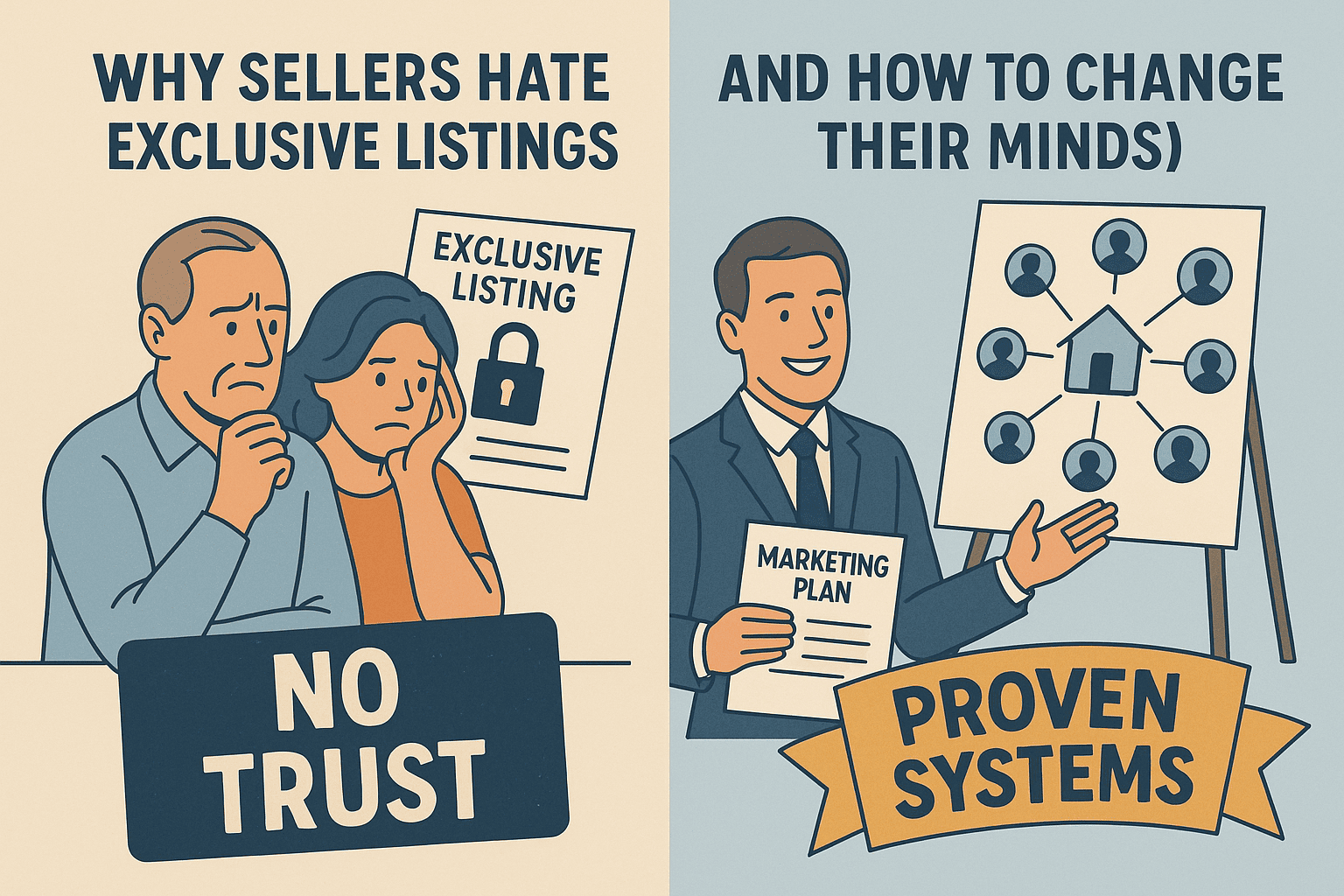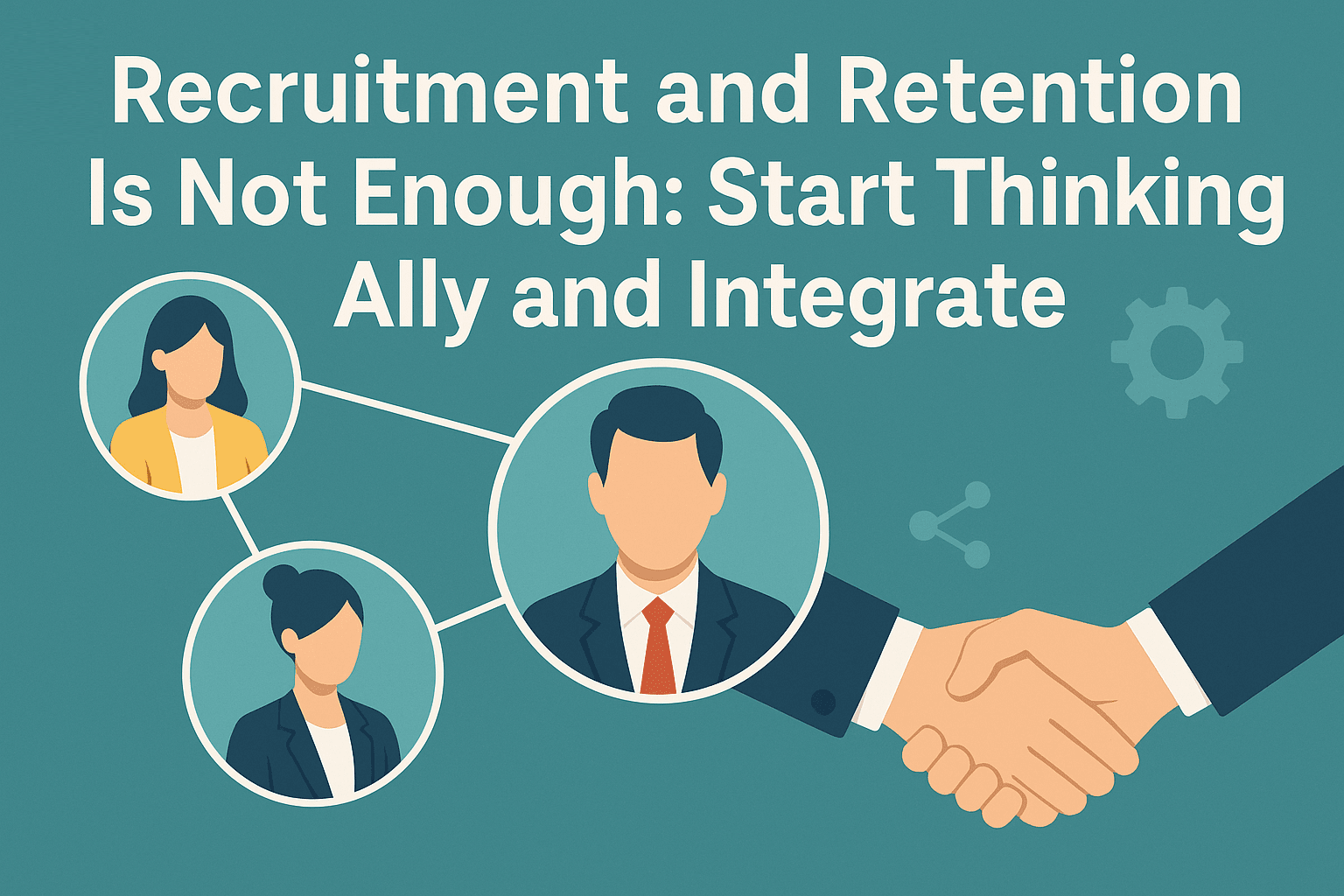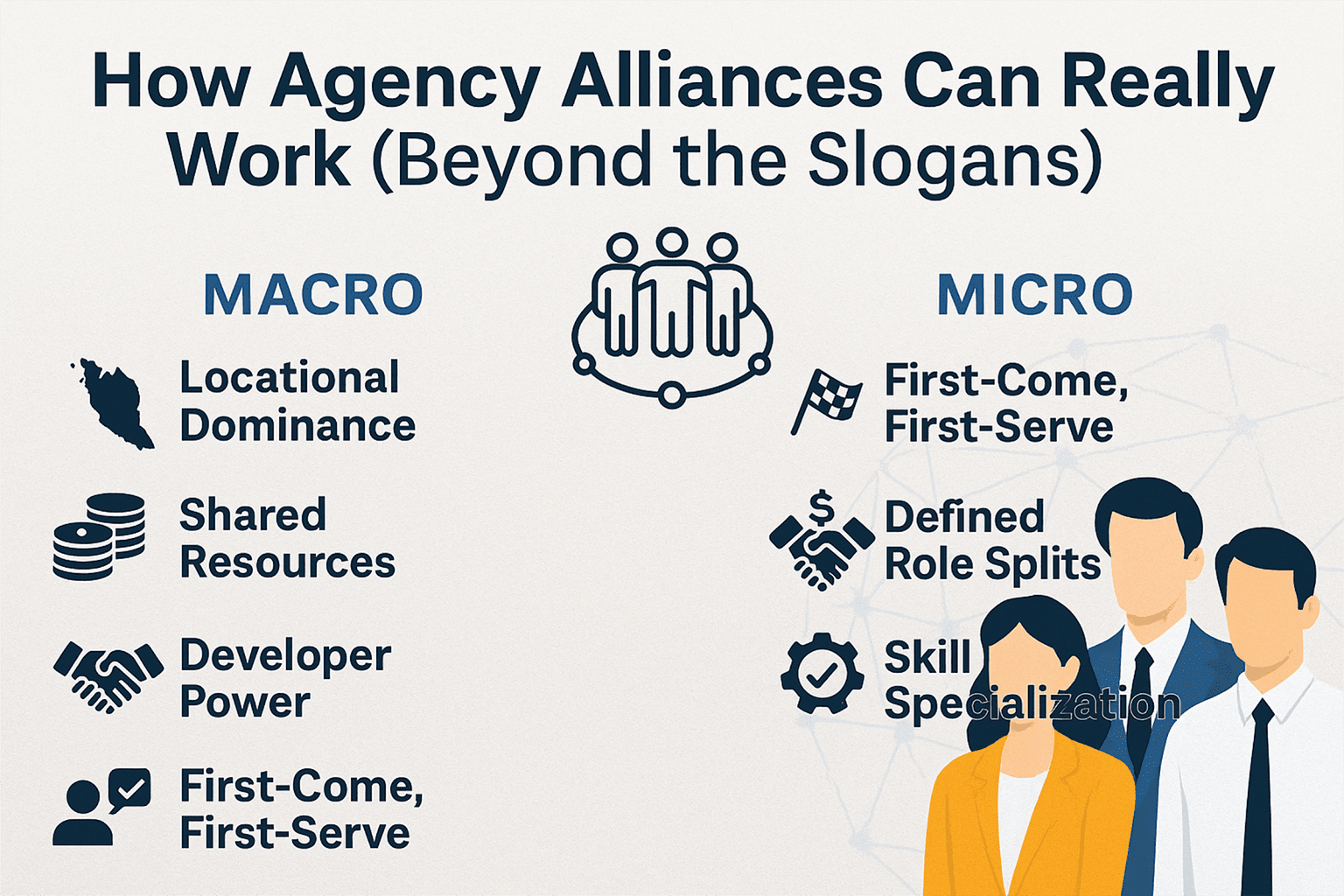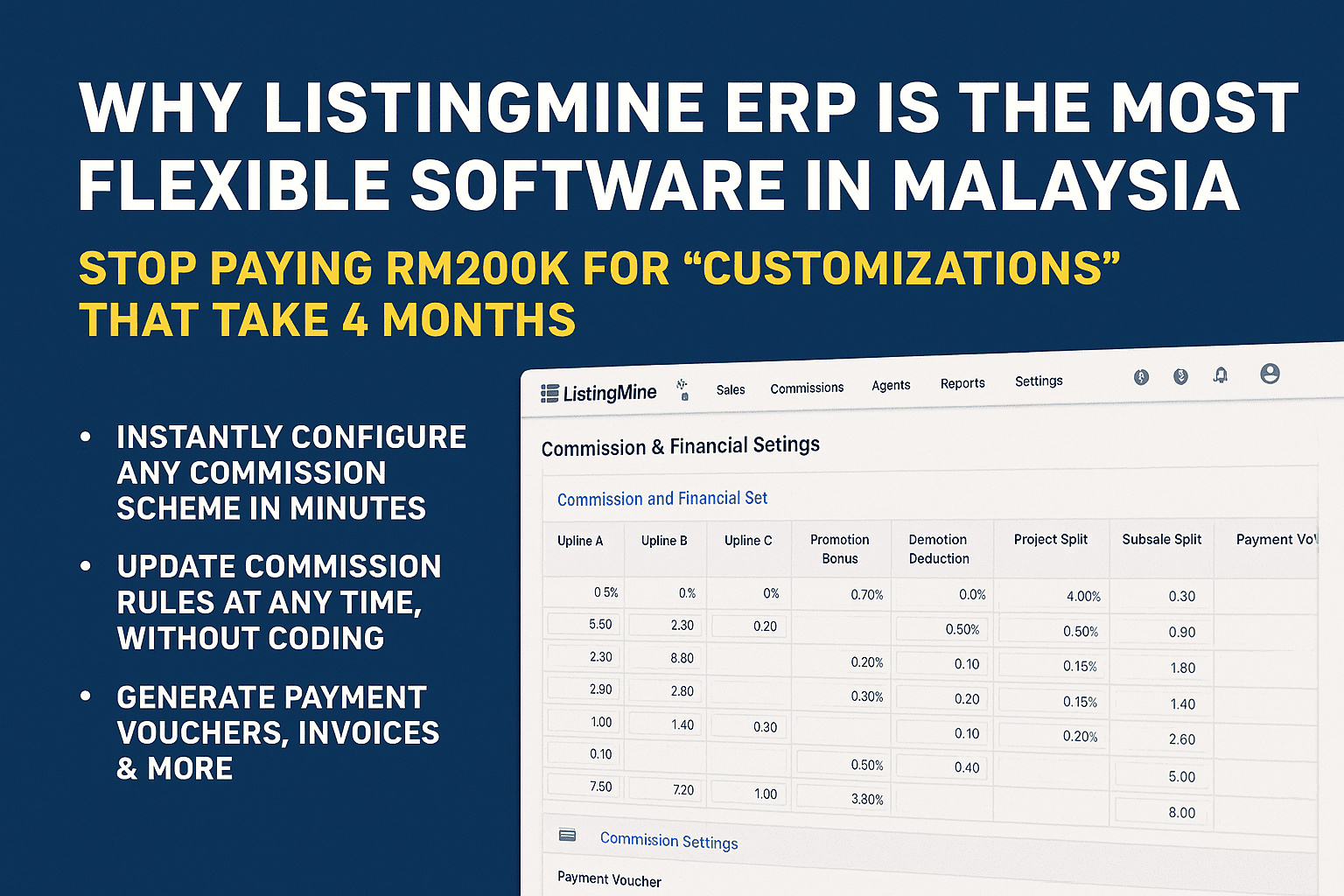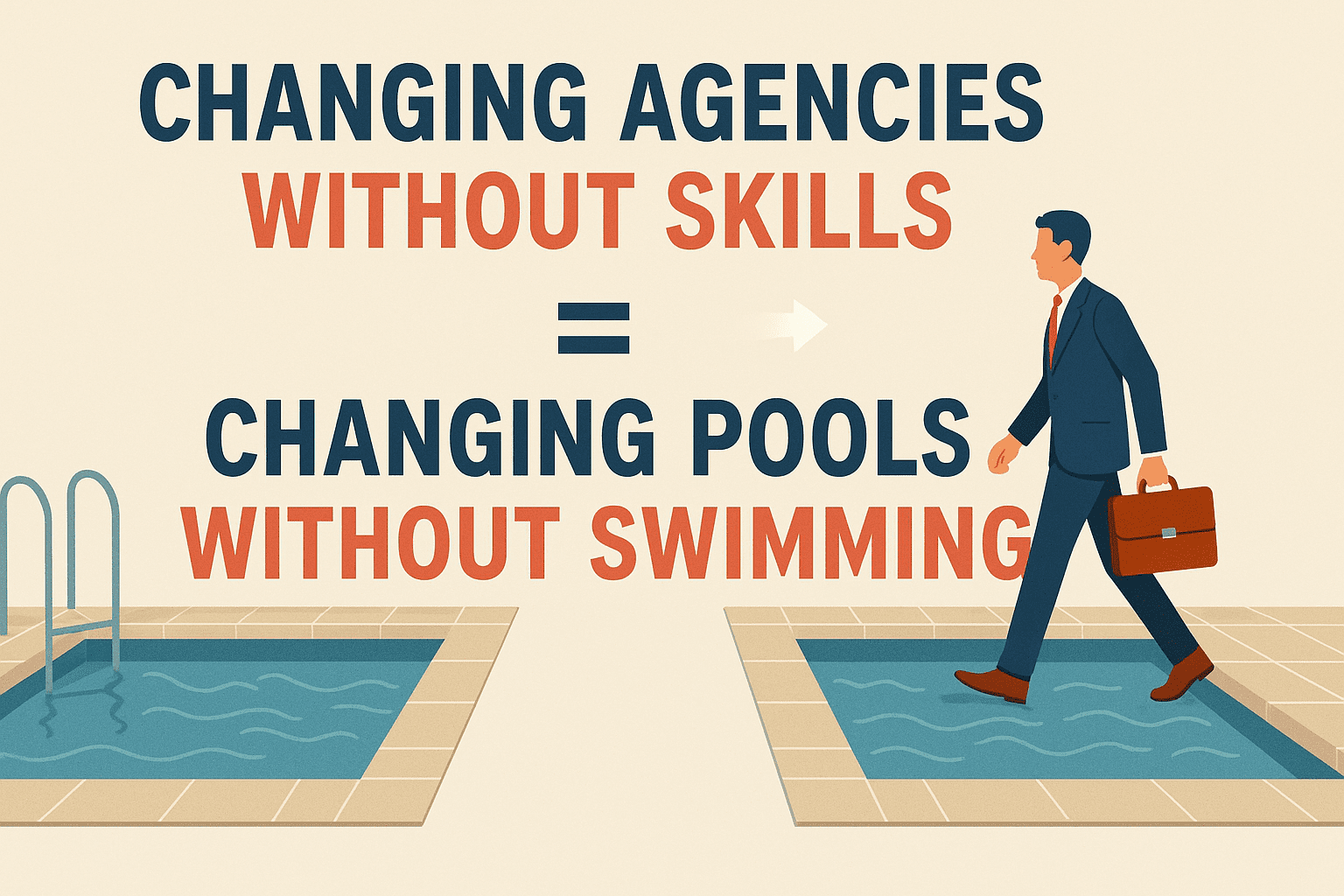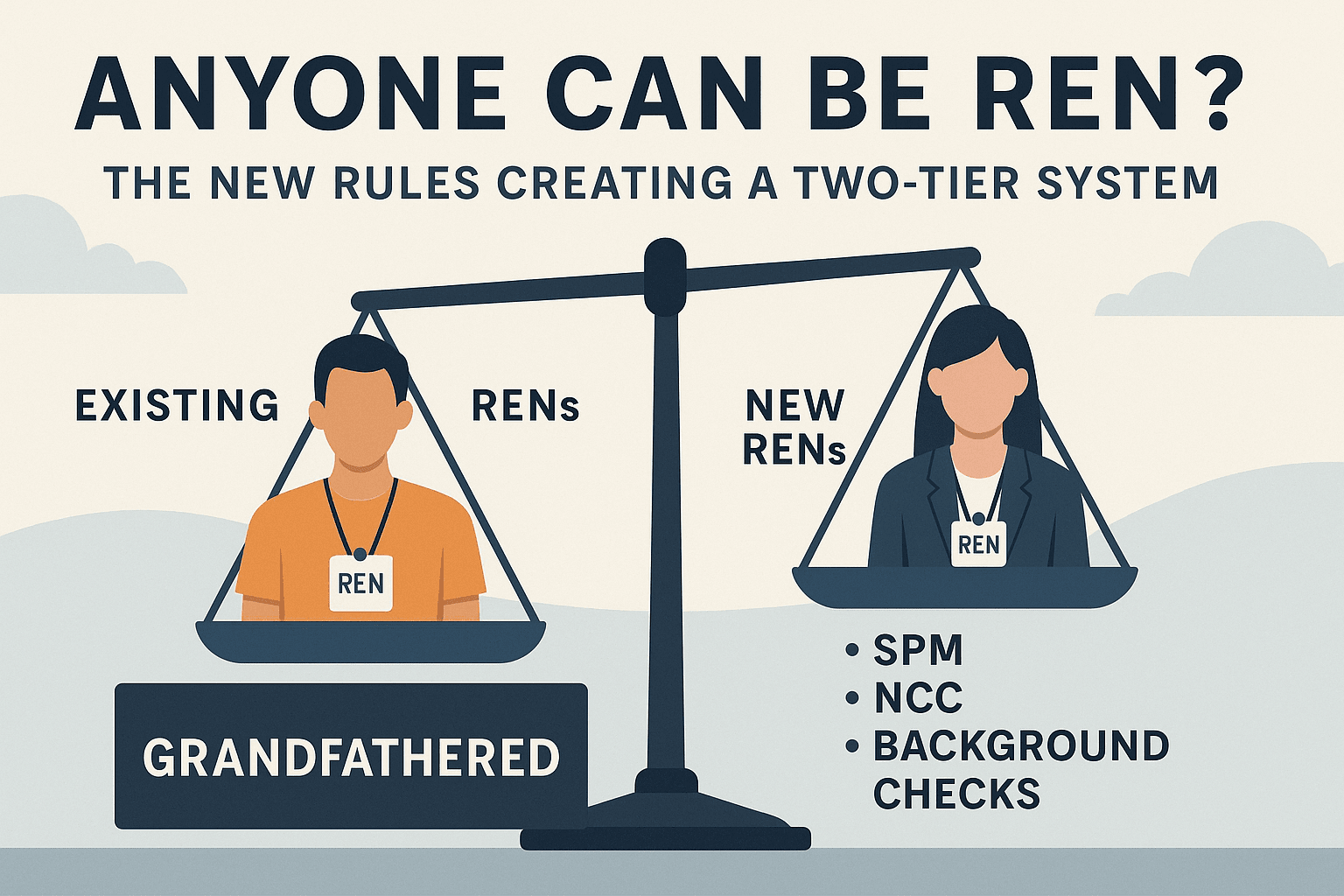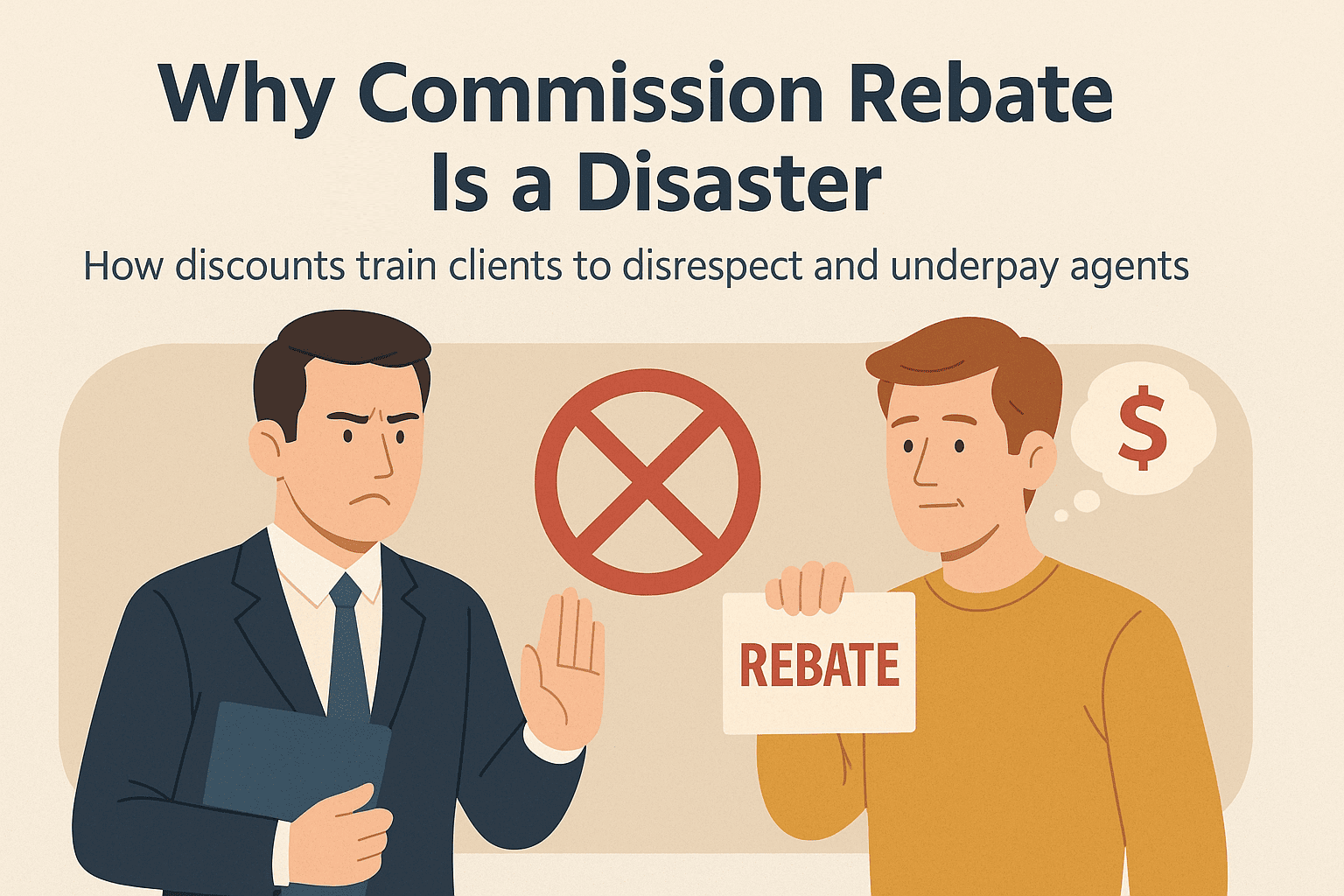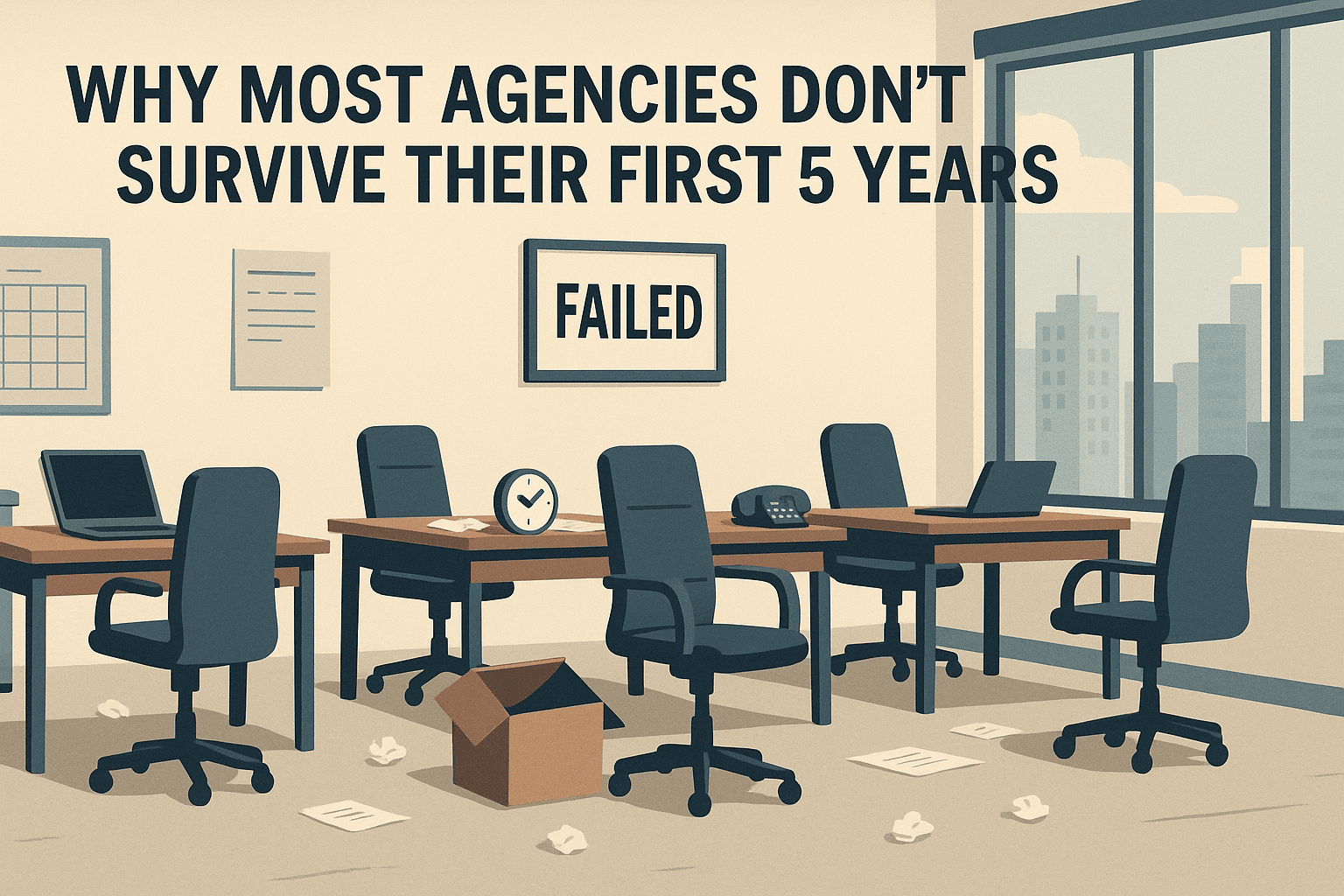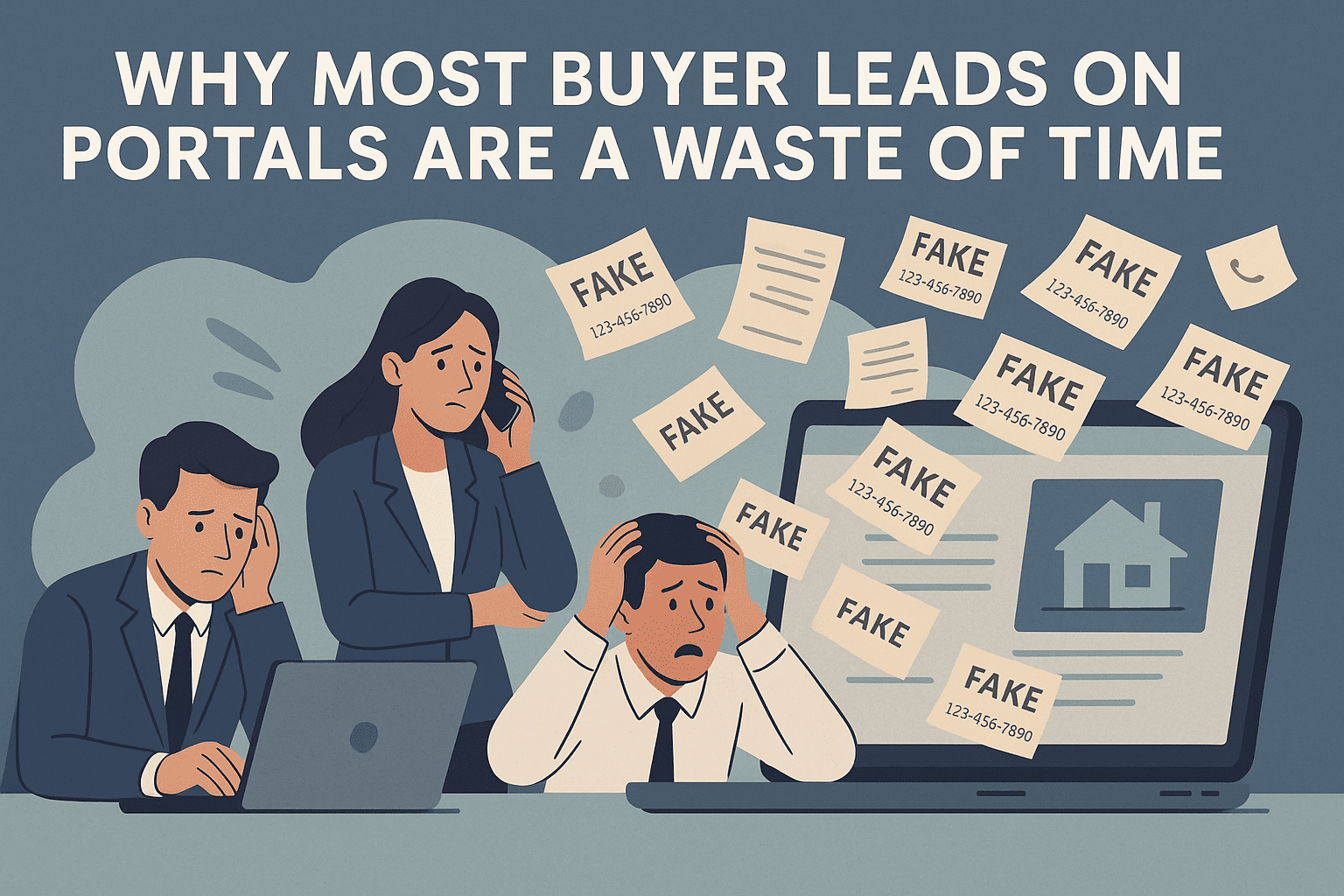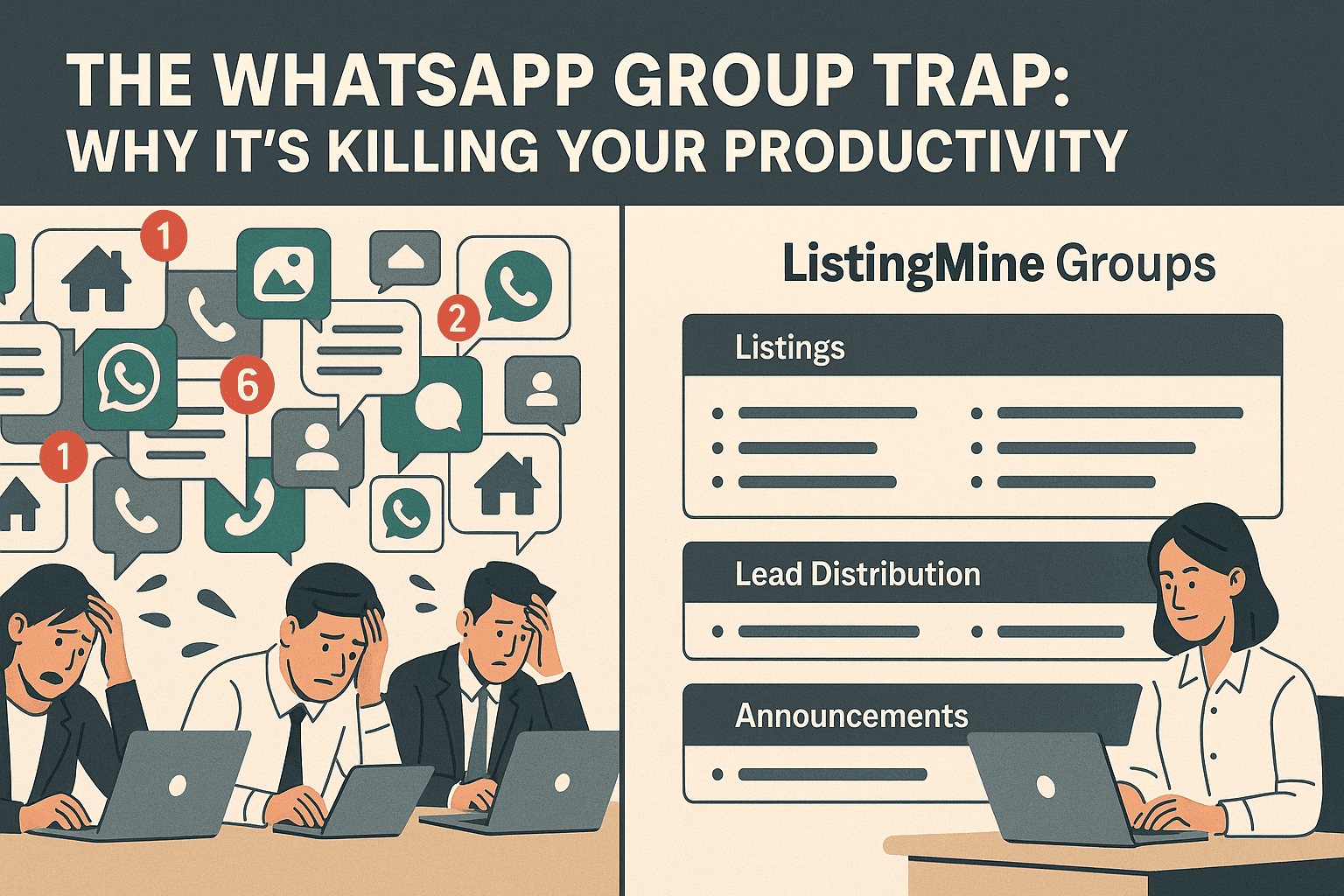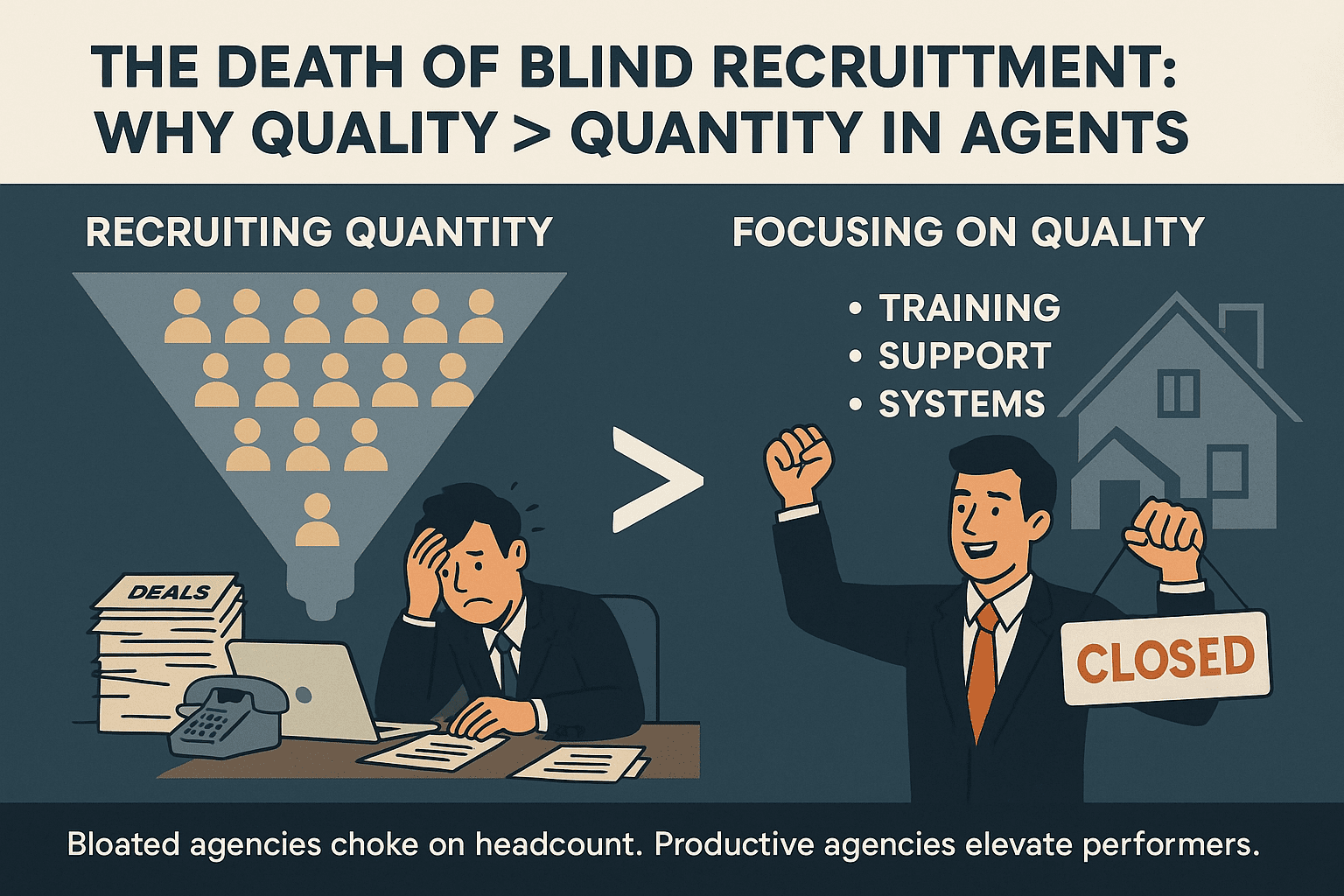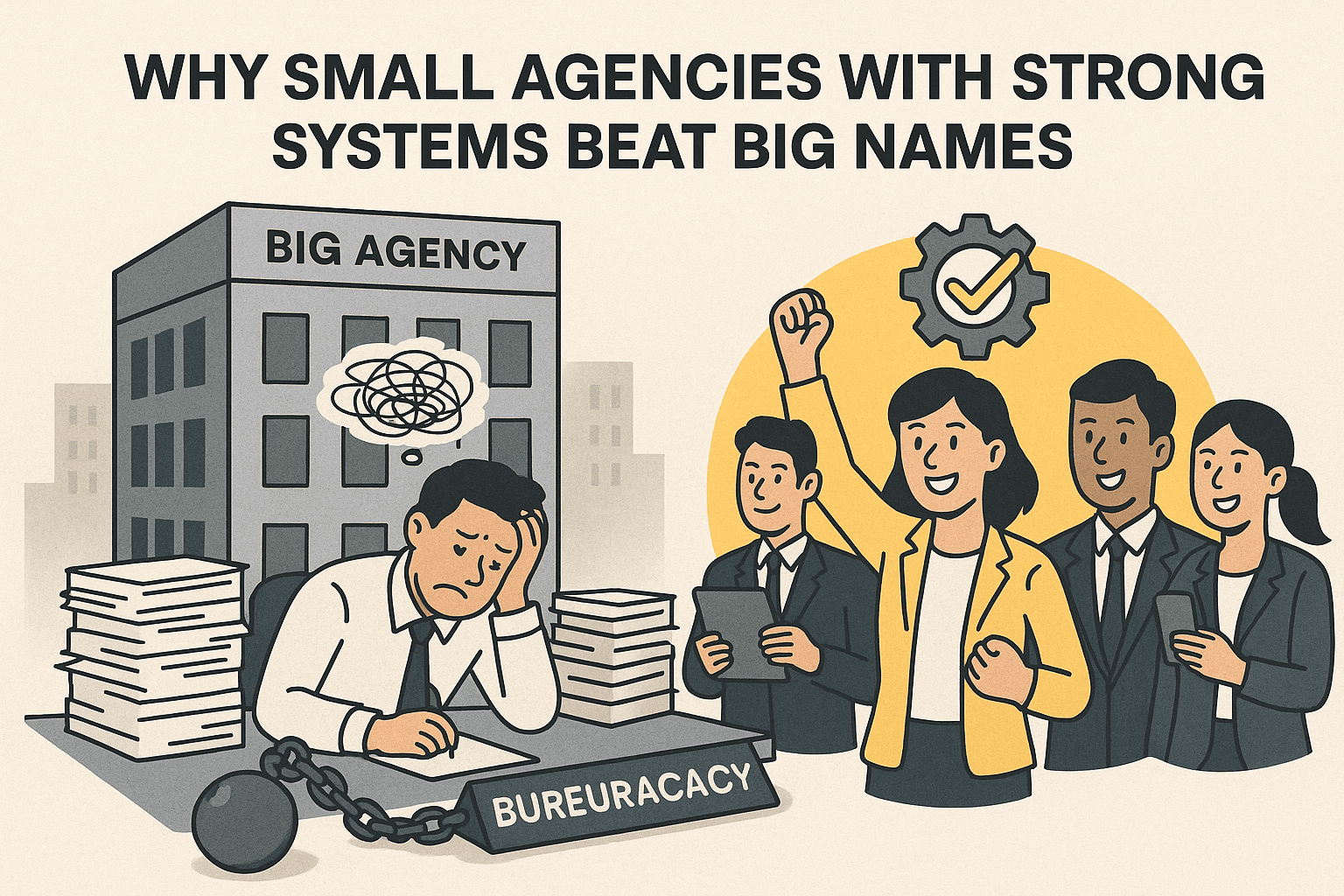Why Are There So Few Talents Who Know Tech and Property at the Same Time?

How many Malaysian property agencies have burned millions on custom software, only to end up with a clunky, useless system?
The root failure is rarely the budget or the coders — it’s the painful lack of one specific type of talent: people who truly understand both property and technology.
In Malaysia’s property industry, this hybrid skill set is almost extinct. And without it, even the best ideas end up lost in translation.
Let’s break down why this gap exists — and why it’s so difficult to close.
1. The Capable Who Don’t Feel the Urgency
Corporate real estate firms — those handling commercial, industrial, or valuation work — typically operate with small headcounts.
A team of under 10 people is common, and most are university graduates, whether they’re RENs or REAs.
Because their workload is low-volume, high-value, Excel is still sufficient.
They handle fewer deals, with more complex documentation — not repetitive admin tasks at scale.
So while many talk about “digital transformation,” few ever feel the urgency.
The result? Year after year, technology becomes a slogan, not a strategy.
The skill to actually design, implement, or manage tech systems never develops — because they never truly needed it.
Ironically, these corporate professionals are often the most capable of understanding complex logic.
Their background in valuation, compliance, and structured reporting gives them the analytical depth and systemic thinking ideal for IT design.
They could easily grasp workflows, break down logic, and communicate with programmers effectively.
But they won’t do it — because their work doesn’t demand it.
When Excel still works and margins remain healthy, there’s no motivation to dive into ERP architecture or tech innovation.
So the people most suited to bridge property and tech stay out of it, leaving the heavy lifting to others who need tech urgently — but lack the capability to build it right.
2. Residential Agencies Need Tech — But Can’t Build It
Now, flip the picture.
Residential agencies managing hundreds or even thousands of RENs operate on the opposite end of the spectrum.
Their business depends on:
- High agent volume
- Complex commission schemes
- Heavy admin workload
- Rapidly changing team structures
Here, technology isn’t optional — it’s survival.
They need ERPs to handle everything from lead tracking to commission automation.
And many have tried.
Some even spent millions building their own systems.
Yet, ask around — and you’ll hear the same painful story:
“We hired a team, spent two years, burned RM1 million… and ended up with nothing usable.”
A handful managed to get a half-working product.
But most? Total write-offs — back to subscribing to third-party SaaS ERPs.
3. Why Do These Projects Fail?
The root cause isn’t just bad luck. It’s a communication gap between agency owners and programmers.
a. Agency Owners Know What They Want, Not What They Need
Bosses often describe what they want today, not what they’ll need tomorrow.
They understand the business, but not how to translate workflows into system logic.
They can say, “I want this feature,” but not how it fits into a scalable architecture.
And in real estate, commission structures and workflows change constantly — new project incentives, overrides, team reshuffles, referrals.
So before Version 1.0 is finished, Version 2.0 is already needed.
b. Programmers Know How to Code, But Not What to Build
On the other hand, most programmers have zero exposure to property workflows.
They don’t know REN tags, co-broking, overrides, clawbacks, or the difference between project sales and sub-sales.
So even if they code perfectly — they’re coding the wrong thing.
And once frustration builds, developers resign, new hires can’t understand old code, and projects restart again and again.
c. No Real Leadership in the Development Process
In actual practice, most agency bosses don’t even communicate with the programmers directly.
They delegate the job to salaried staff — often a BD executive or admin manager — to “liaise with the IT team.”
But here’s the issue:
- The boss doesn’t know what they truly want in detail.
- The staff doesn’t understand the business logic or long-term vision.
- And the programmer receives fragmented, superficial instructions.
So what happens? Everyone just does the bare minimum to “keep things moving.”
The BD passes vague instructions. The programmer builds placeholders. The boss signs invoices.
No deep thinking. No iteration. No product leadership.
How can innovation emerge when no one involved has the complete picture — or the authority and insight to make structural decisions?
This is why, even with funding, most in-house tech projects stall in confusion, producing clunky, short-lived prototypes rather than scalable, living systems.
4. The Root Problem
Let’s summarize the vicious cycle:
| Role | Knows What | Lacks What |
|---|---|---|
| Corporate Talent | Complex logic, analytical skill | Urgency to innovate |
| Agency Owner | Business needs (on surface) | Technical foresight, system logic |
| Programmer | Coding syntax | Real estate domain knowledge |
| Middle Staff (Admin/BD) | Task execution | Vision, logic, decision-making power |
Neither side speaks the other’s language.
So even with budget and motivation, nothing gets built that actually works.
5. The Only Real Solution: Hybrid Leadership
To break this cycle, an agency’s tech project must be led by someone who is both a domain expert and a tech translator.
In other words:
- Not a REN.
- Not a random “IT guy.”
- But a boss-level professional who understands:
- How agencies run, grow, and change
- How commission engines must flex with business rules
- The fundamentals of coding — logic, database design, modular architecture
- The pros and cons of each approach — hardcoding vs config, schema design for future-proofing
And here’s the most overlooked truth:
Most agency bosses only know two or three commission models in their entire career.
They usually copy what others are using, tweak a few percentages, and call it innovation.
But true system design requires strategic commission architecture — crafting schemes that align with growth stages, team dynamics, cash-flow cycles, and recruitment incentives.
To build a flexible ERP, you must know dozens of models across:
- Retail and project sales
- Team overrides and performance tiers
- Referral and profit-share structures
- Pool-based, milestone, and hybrid commissions
Only then can you design a framework with uncapped flexibility — one that doesn’t collapse when business logic evolves.
Building a strong system demands someone who can design new commission logic, not just imitate existing ones — and then translate that vision into scalable code architecture.
That vision only exists when property knowledge meets technical foresight and creativity.
6. The Proof: Why ListingMine Could Be Built
ListingMine exists today because its founder bridges both worlds.
It wasn’t built by a tech vendor guessing workflows, or an agency owner guessing tech.
It was built by someone who has run agencies, understands ERP logic, and can communicate with developers fluently — blending vision with execution.
That hybrid DNA — property logic + tech literacy + commission design strategy — is what makes it flexible, scalable, and realistic.
Until more people like this emerge, Malaysia will continue to see millions burned on half-built systems that never go live.
Final Thought
Real-estate tech doesn’t fail because it’s hard — it fails because two worlds speak past each other, and the people most capable of solving the problem aren’t motivated to try.
The future belongs to those who can speak both languages:
The language of sales, incentives, and commissions, and the language of logic, systems, and code.
A truly great real-estate system shouldn’t feel like a rigid portal full of fixed buttons and locked formulas.
It should behave like Excel — simple boxes on the surface, yet endlessly flexible underneath.
Just like Excel can handle accounting, analytics, payroll, or project planning depending on how you structure it, a powerful ERP should be an open canvas for logic — ready to handle any commission model, workflow, or rule you throw at it.
That’s what real innovation looks like:
Not another software with limits — but a framework without walls.
And if you can’t find the rare hybrid talent to build that system for you, don’t waste years and millions trying.
You don’t need to reinvent the wheel.
✅ Stop trying to bridge the gap yourself.
Book a personalized demo of ListingMine ERP today and see how a system built by hybrid talent can transform your operations.
Let’s do great things together — without burning more time, talent, or cash.

